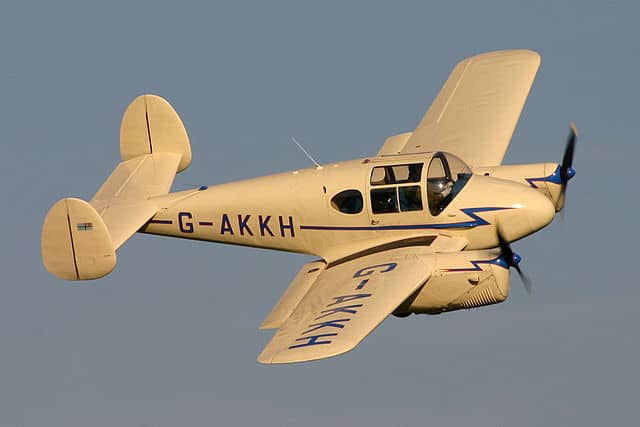
At number 25 we have the Aeronca 11AC small airplane. This particular one was built in 1946.The first production year was one year earlier in 1945. They were made up until 1950 and are highly regarded as a gentle flying airplane that has good manners. The 11AC is a single prop engine two-seater light aircraft plane featuring conventional two wheel landing gear. It’s a step up from the 7AC Champion model which was originally produced for flight training purposes.
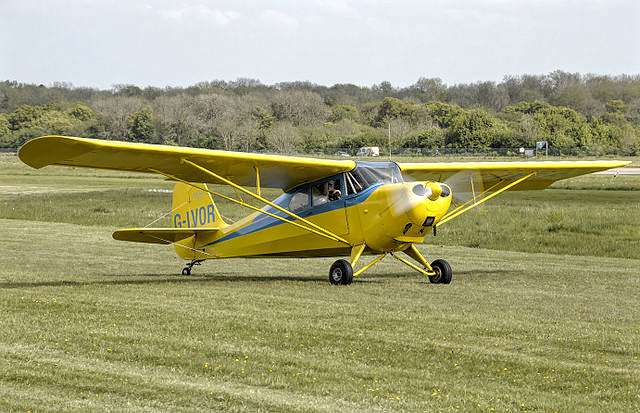
50. Aeronca 11AC
Like many of the classic airplanes in its category, the 11AC has a significantly adverse yaw, very sensitive elevator controls and a powerful router. The cabin is well appointed with flocked sidewalls and an instrument panel outfitted with zebra wood-grain design. Pretty snazzy for the 1940s. The really interesting thing about these airplanes though is that a flight manual was never produced for the 11AC or 7AC. They are quite affordable too if you find yourself in the market for a small used aircraft. Typically, you can snatch one up for somewhere between $15,000 and $19,000.


49. Gemini
This next classic aircraft hails from Great Britain. It was a twin engine, four seater touring small airplane designed by the Miles Aircraft Company. All of the Geminis were produced at the company’s Aerodrome. It was self-described by the Miles Aircraft Company as the “safest light aeroplane in the world” at the time. It first saw production in 1945 and featured plastic bonded plywood construction. It’s more notable feature includes the twin vertical tail fins and you can expect the Gemini to cruise around the sky pretty handily with its 90 hp Blackburn Cirrus Minor engine.
130 units sold in the first year of production, and they continued for a few years after that. The only difference between the original Gemini and later models were the different engines chosen for subsequent years. Today they are quite popular with airplane recreational flyers, and for good reason. You can scoop one up for just under $40,000 if you know where to look.
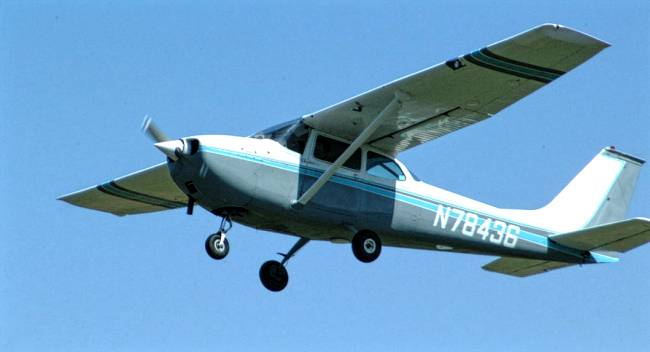

48. Havilland Airco DH-9
This is a classic among classics. The Havilland Airco DH-9 small airplane was first produced in the early 1920s by the company of the same name. It is a single engine biplane and also happens to be a bomber. Now, I know you’re not going to be causing any trouble in your neighborhood with a plane like this. Today, most of these are owned by collectors and enthusiasts familiar with the history of the DH series. For instance, there was a two-seat pusher scout, a twin-engine bomber, single-engine bomber, trainer, transport and scout models as well as various engine upgrades like the 9A featuring a Liberty engine or the 9J outfitted with a radial engine.
They are fun to fly today and are often featured at airshows because of their novelty. If you want to own one yourself, they are quite plentiful. Simply hit a few keys and go through your options. This would be a fun one to have around for the grandkids.
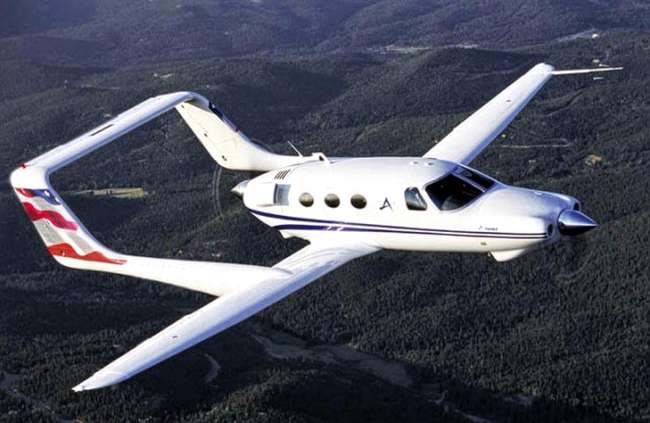

47. Cessna 1721
Cessna has quite a story to its history. They first entered the aircraft manufacturing business in 1910 and have been making fun, quality aircraft ever since. Featured in this picture is a 1721 model. Featuring an over the cab wing which Cessna is known for, this plane is an aviation classic. It can comfortably hold two people and is considered to be one of the more reliable planes on the market. Few malfunctions and failures are reported because all of the controls and instruments are very basic.
If you want to get your own model, there’s good news. You can find a good used 1721 for about $35,000 or cheaper if you want to make a few repairs yourself. That’s the good thing about classic airplanes, engine repairs are usually minimal and could be conducted by just about anyone.
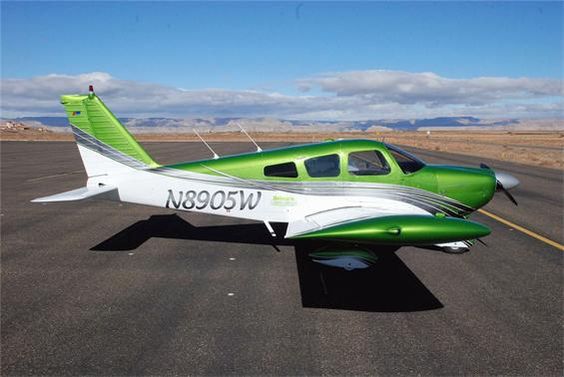

46. Adam A500
This is the Adam A500 small airplane. It is pretty snazzy with its double/single wing design over the back. It made its debut in 2003 and was touted as revolutionary because of the integrated cockpit design chosen to outfit the plane. The plane received an upgrade with its Flight Max Brook Integra system that was used to replace the previous one. The new design feature to 10.4 inch Sunburst displays that made things much easier to read for both the pilot and copilot. Earlier designs only featured one display for the pilot. All of that to say, this is not a plane that is suited for recreational use or enthusiasts. People who own this one are a bit more skilled and tend to favor high-end aircraft. The great thing about the DA 500 though is that it is now considered to be a classic so the price is much lower than what you would expect to pay for a newer model or a newer small airplane! This gives you the feel of luxury for a bargain price. You can’t beat that my friends, now it’s time to hit the Internet and find your own.
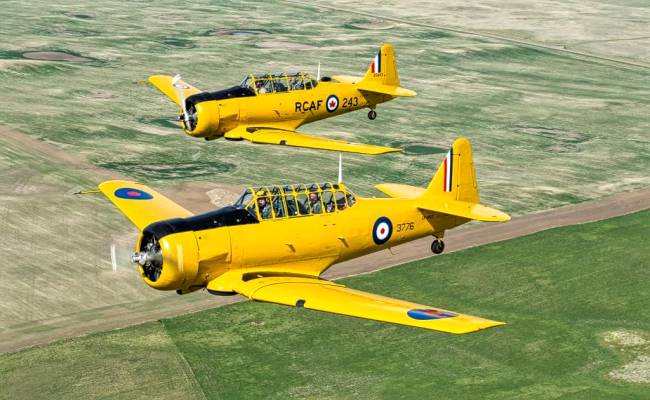

45. Piper Cherokee 140
You can’t have a classic small airplane list without the Piper Cherokee 140 making an appearance. That’s what you see here and it is a true nostalgia inducing piece of aviation history. The Cherokee first began its production run in January 1960 and actually continues to be made to this day. It features on unpressurized single cabin fit for four passengers, driven by a single prop engine. It was originally designed for flight training and recreational use and today it still continues to serve the very same purpose, albeit there are many more recreational users and flight trainers. If you’re looking to pick one of these up, a new one will cost you around $75,000, but you should be able to find a great used one for somewhere around $25,000. This makes flying quite affordable and fun, which is the way it should be.
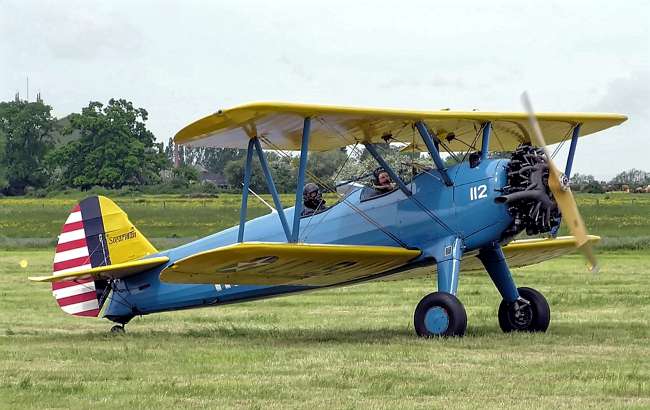

44. AT-6 Harvard Texan
These airplanes you see here are more than just classics. They are part of a Harvard formation team known as Yellow Thunder. The planes they use? Well, these are AT-6 Harvard Texan aircrafts designed in 1934, hence the name of the team. They are a sight to behold when they fly in formation, screaming across the sky. The Harvard is powered by a Pratt and Whitney R1340 supercharged radial engine that generates an astonishing 600 hp. It is outfitted with a 9 foot prop and the tips of the propeller produce the roar by actually exceeding the speed of sound. They were originally designed to be used by advanced trainers which lead to a famous statement within the military. It simply said, “If you could fly a Harvard well, you could fly anything.” That being said, these are not for the novice users. Their price tag is a bit higher, but well within the range of what you would expect to pay for a classic plane. You can pick up one of these 1943 models for just under $150,000. That’s a steal when it comes to an aviation classic. It’s tempting enough to make you want to purchase one and try your hand at joining the formation team. Checkout these images of old military aircraft.
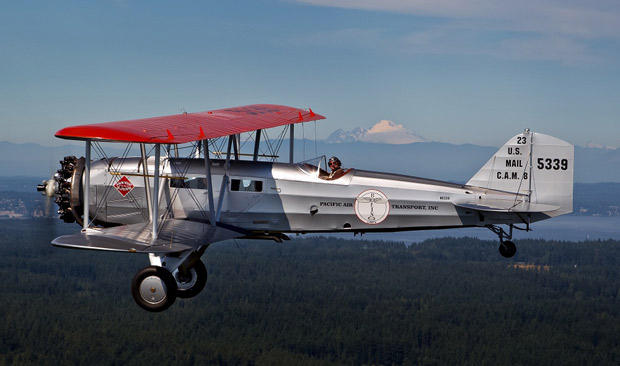

43. Stearman 75
The Stearman 75 small airplane has made its way into aviation history as a solid classic. This single prop biplane features delicate steering, and traditional landing gear with large tires for landing just about anywhere you might need to. The Stearman 75 was originally used to train the military. Around 10,000 of them were built between the 1930s and 1940s. Since then, they have served postwar years on the civilian market as sports planes, crop dusters and used for acrobatics in various airshows. They are personal aircraft with a storied history. Ironically enough, very few modifications were made along the way, meaning these planes maintain their classic look and feel throughout. If you want to snatch one up for yourself, then your wallet won’t feel as much of a pinch as it would with some other planes we have seen. A Stearman 75 will only cost you about $11,000. That’s not a bad price for owning your own plane.
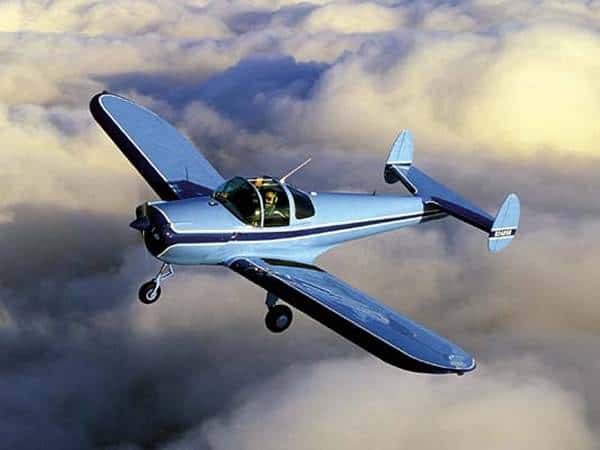

42. Boeing Model 40C
Next up is a classic, but for different reasons than you might think. In the 1920s something odd was happening in the United States. We began to see the introduction of airmail. It made delivering the mail more efficient and allowed more mail to be delivered as a result. The Boeing Model 40C was just the plane to do that. It began servicing airmail in the 1920s and continued through to the 1930s. Eventually, this particular airplane would become part of the United Airlines fleet in certain companies that were acquired by acquisitions and hostile takeovers. Those things happen from time to time in the corporate world. Interestingly, this particular model was the first Boeing airplane that carried passengers. You can find a good used one for around $20,000 or $30,000 if you know where to look. That price is worth it just for the collectors value alone.
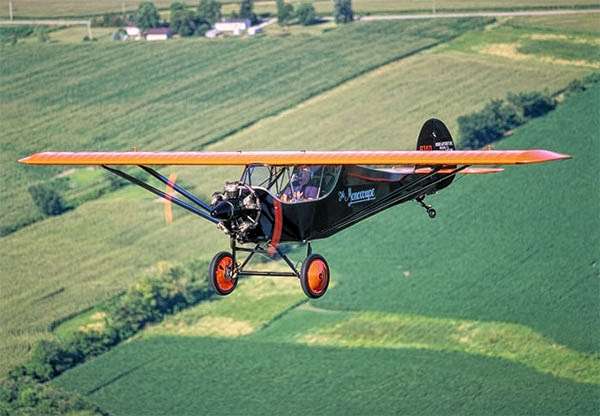

41. ERCO Ercupe Small Airplane
If you want one of the most affordable classic planes on the market, then you might consider this one. The ERCO Ercoupe was designed in the mid 40s, but saw it’s highest popularity during the19 60s after World War Two. Today, it is enjoyed by many recreational pilots as a light sport aircraft. This means that it meets FAA requirements for those individuals who hold a sports pilots license. It’s a single seater though, so be prepared to run a lot of solo flights. It features a forward engine, tricycle landing gear, and two rear spoilers on the rear wing. The Ercoupe is easy to maneuver, but still might take a while to get used to simply because there are no rudder pedals. The entire aircraft is flown with the control wheel. The price is attractive though. For about $7,500, you can have your own. Who knew airplanes could be so affordable? Especially the classic ones!
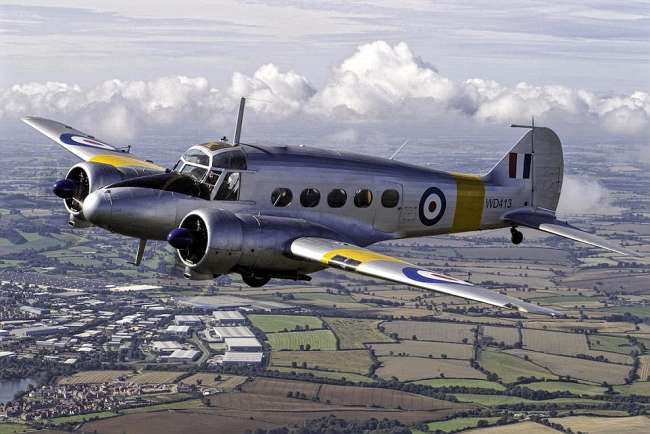

40. Vintage Stearman
This is another vintage Stearman small airplane. The kicker here is that this plane has obviously been redesigned and framed out to the owners liking. We have to say, it doesn’t look bad either with that orange and black design. Germans are known for their iconic World War II style open engine design. In fact, it’s a sort of calling card for the brand. Remember, they were originally purchased to be used as trainers for the military, and were hard to handle. If you could handle one then you were definitely worth your salt. If you want to own this one, you’re out of luck. The owner has no plans to part with it anytime soon. However, you can own a similar model. In fact, all you have to do is find one manufactured the same year. Doing that will cost you between $25,000 and $55,000 depending on how customized the plane is.
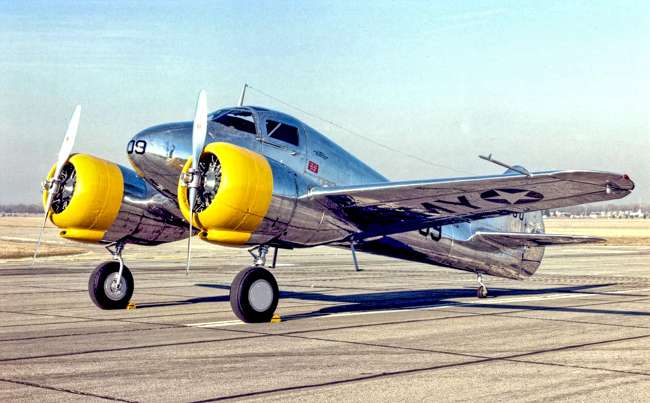

39. 1950 Avro Anson
You can get in on this postwar aircraft for just under $200,000. That’s actually a steal considering private jets cost much more. This is the 1950 Avro Anson twin engine trainer small airplane. It was developed in 1934 by Roy Chadwick who is also responsible for designing the incredible Lancaster. Originally, the plane was outfitted with two Cheetah VI engines that put out a solid 295 hp. Later, these would be upgraded to 350, then 395, and ultimately a whopping 420 hp. The aircraft also carried a single forward firing machine gun, complete with a hand operated Tourette’s. Additionally, a small bomb could be housed inside the fuselage. So if you are a postwar enthusiast, this is the plane for you. In fact, England auctioned several pieces of postwar aircraft off last year for the cool price of $6 million. Thankfully, the Anson doesn’t even cost 1/3 of that.
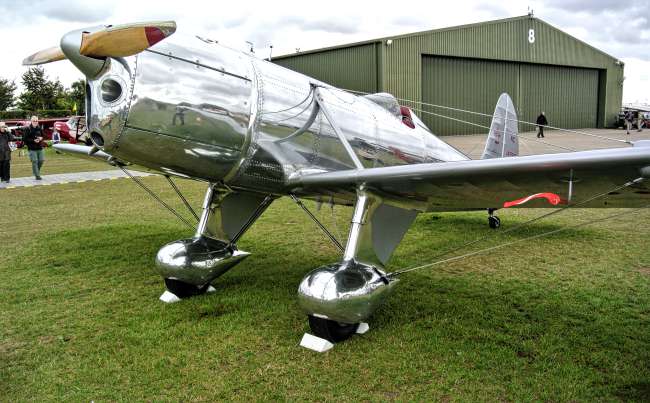

38. Curtiss AT-9
Every now and then, aviation history goes to a turning point. When it does, a piece of aircraft arises that really is a standout. This is the case with the Curtiss AT-9 small airplane. Originally, it was designed to bridge the gap between single engine trainer planes and twin engine combat airplanes. A prototype was developed in 1941 in full blown production began in 1942. The fuselage was fabric covered as well as the wings, but that was just the prototype. Upon production, metal skin was used in construction. However, this aircraft was neither easy to fly or land. This made it best suited to teach new pilots how to handle demanding characteristics inherent to an entirely new generation of aircraft that were high-performance such as the Martin B – 26 as well as the Lockheed P – 38. Eventually, production would cease in February 1943. Today, you can find one for about $25,000 or so. This is simply because they are more difficult to fly then typical sport aircraft. Still though, that’s a steal of a deal to own a classic.
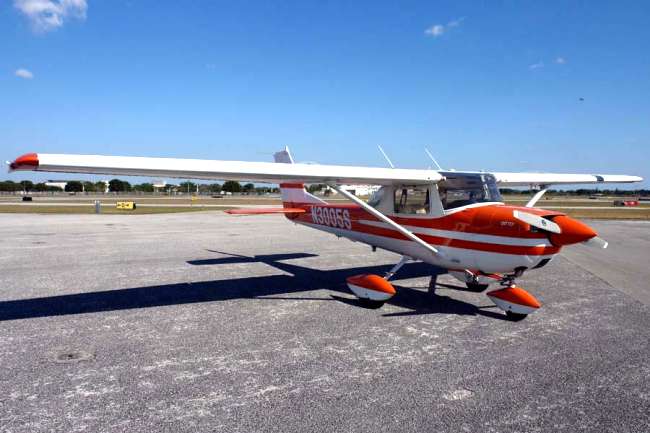
<center

>
37. 1934 Ryan ST-A N14986 SN 118
This is a beautifully restored classic small airplane that you don’t see very often. It’s a 1934 Ryan ST-A N14986 S/N 118. This was restored by a guy named Troy Simpson from Fort Worth Texas. Later, it would end up across the pond in the UK. The way he acquired it was really interesting. He was actually on a 30 hour layover and none other than Tulsa Oklahoma with a friend who wanted to see some airplanes that another guy owned. One of those was the Ryan you see here. When he saw it, it was love at first sight and he knew he had to have that plane. So what did he pay for it? It was an even trade. He had a Rolls-Royce that he gave away so he could acquire the plane. That’s a pretty even swap. This classic will cost you a pretty penny for sure, but it’s still fun to look at and admire. If I put all the time and energy into restoring it, I can’t say that I wouldn’t put it on display at every possible airshow crossed.
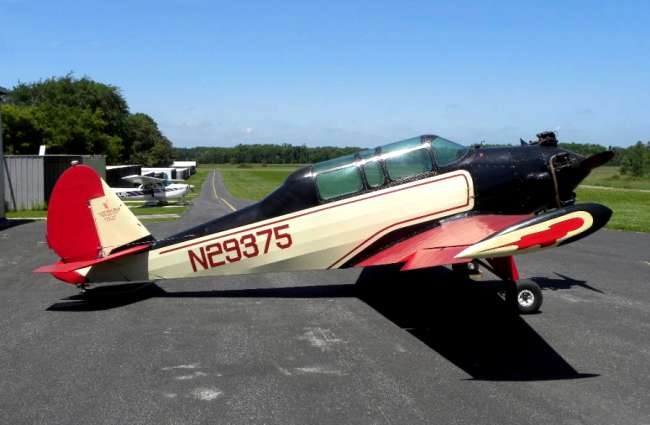

36. Cessna 150 G
Here’s an affordable small airplane for the sport license enthusiast. This is a 1967, single engine Cessna 150 G STOL. It stands out in orange and white and features a single prop with a 150 hp engine. This is one of the best short field aircraft performers in his class. You won’t regret owning this one. It also has a nice avionics system considering it’s age, and two plush leather seats for flying in style. That is what these classic planes are known for. Each one is outfitted a bit differently to make it original and unique. They are pure works of art that fly through the sky. Pilots love them because of their uniformity. Once you get familiar with one, you can fly just about any Cessna on the market. The best part? The price. You can find one of these beauties for just under $40,000. Now that’s a steal!
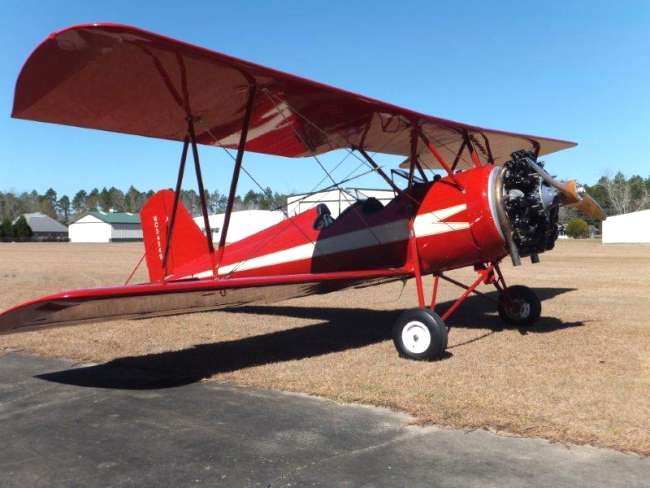

35. WACO RPT Monoplane
So if you know anything about WACO airplanes, you know that they are known for manufacturing biplanes. Well, this one in the picture is a bit different. It is a 1940 model and one of the only production models produced as a single wing aircraft. Meet the WACO RPT Monoplane. It was originally designed to be a competition plane for USAF aerobatic training as these tiny planes could outperform most others when it came to tricks and thrills. Even more astonishing, this particular aircraft has been owned by one individual since 1977 as part of his personal airplane collection. Now, it can be yours for just under $65,000. So what do you get for that price? How about a Kinner 5 cylinder engine that produces 1850 RPMs with a solid 160 hp. It has a classic Sensenich propeller, made of wood, and is museum worthy. Not a bad price for owning a true piece of history.
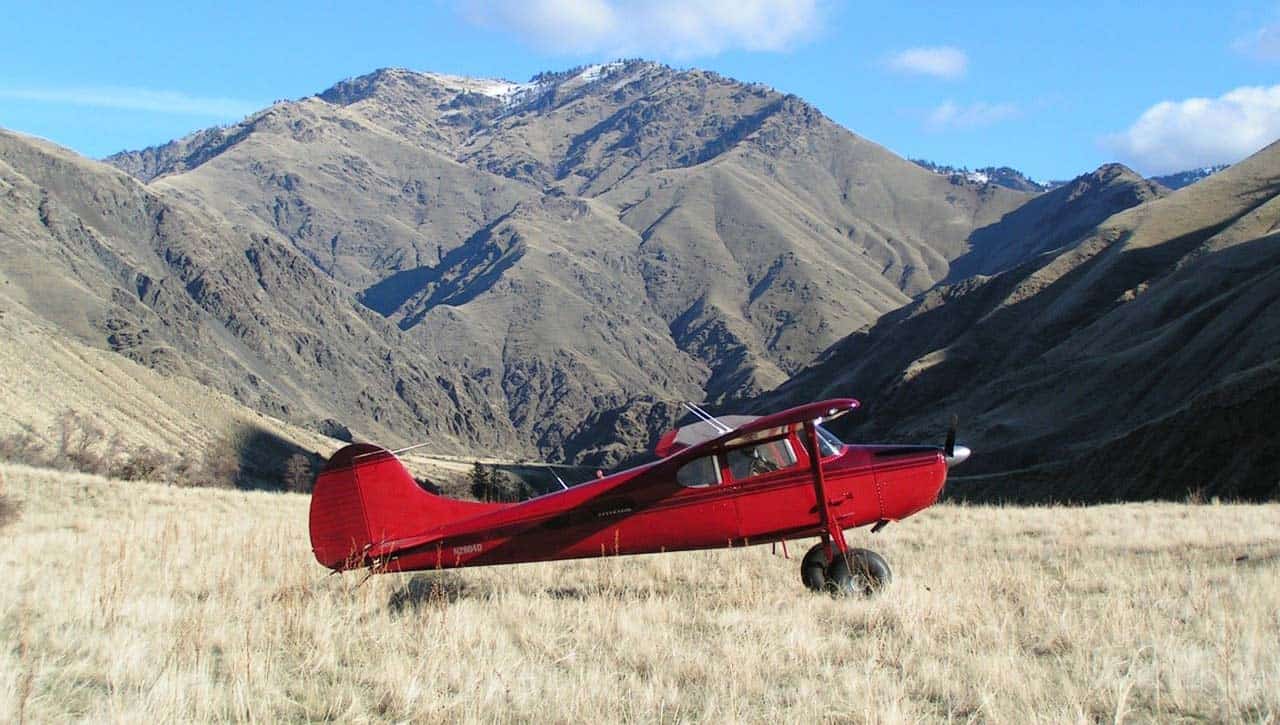

34. Meyers 1943 OTW Biplane
Open engine designs always look pretty amazing. That’s why I love this Meyers 1943 OTW biplane. It was completely restored in 1978 and has a little bit of history as well. It actually turns out that this airplane was built to compete with the Stearman brand for trainer models used in the Army Air Corps market. Stearman dominated the field so any sort of competition had better be good and have a dang good selling proposition. Well, you are looking at the competition. What made it attractive was the fact that it was so much less expensive, but just as much fun as piloting a traditional Stearman. Don’t take my word for it though, see for yourself. You can get in on this amazing, classic world war two era biplane for just under $90,000. Not bad for an airplane with a story! Who are we kidding, that’s not bad for an airplane period!
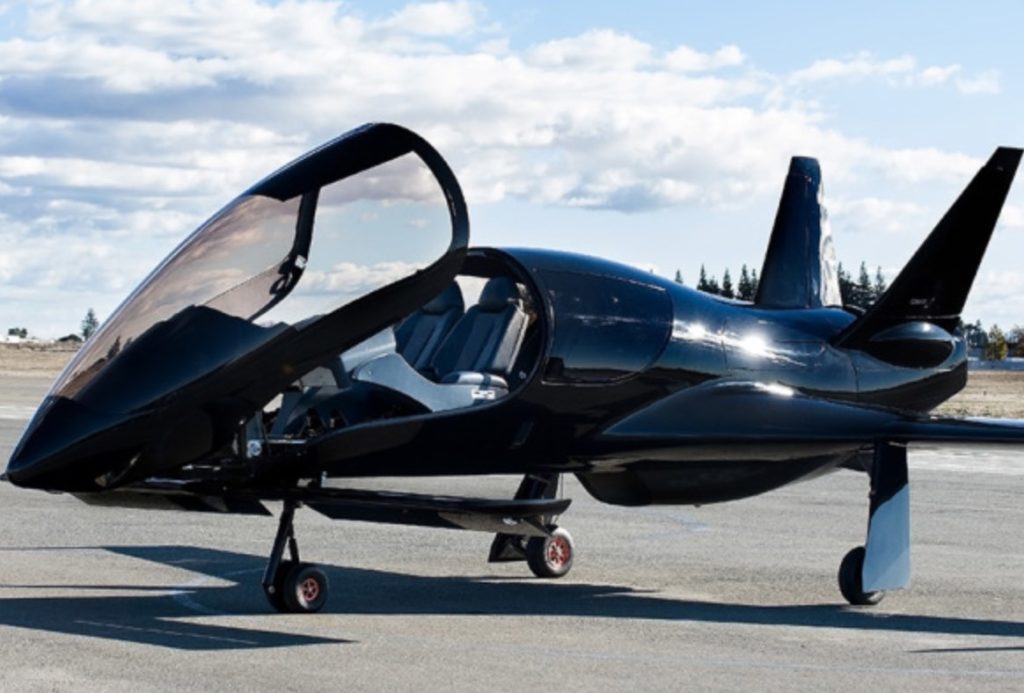

33. Cesna 170
This is the Cesna 170. They were produced by the Cessna Aircraft Company from 1948 – 1956. The 170 was certificated in June 1948 as a Normal category airplane, with a gross weight of 2,200 pounds. A month later, Cessna received Utility category certification for the 170 with a gross weight of 1,900 pounds. Cessna built 714 170s before introducing the 170A in 1948.


32. Small Planes We Love
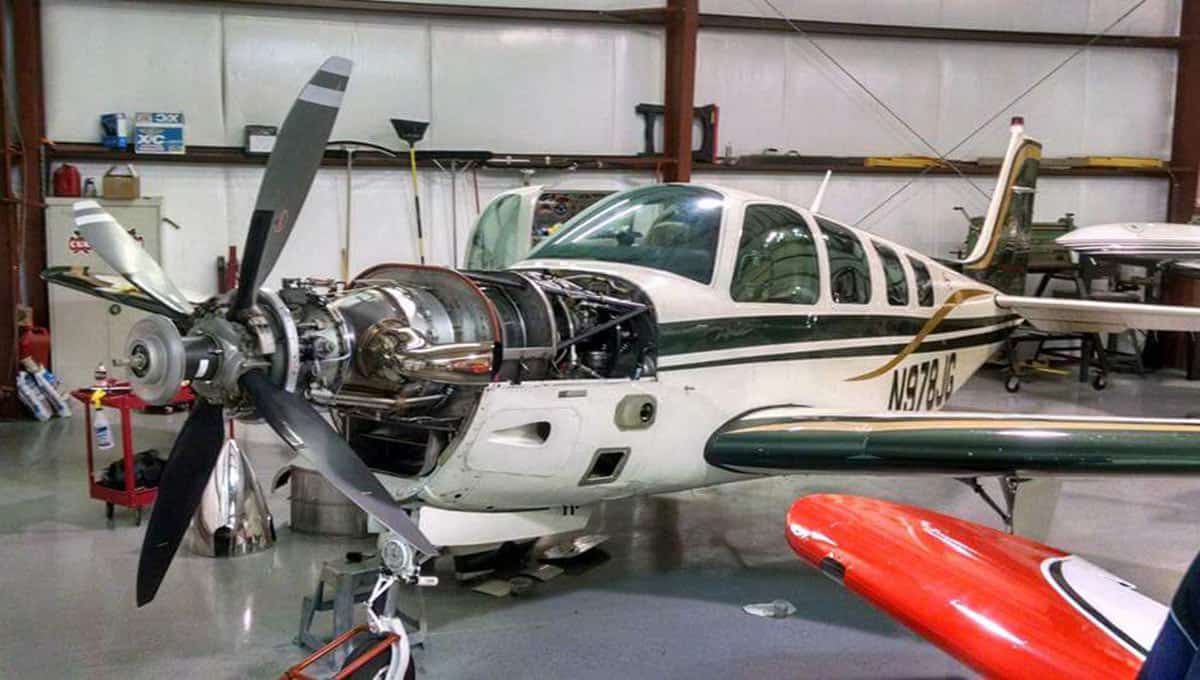

31. Small Planes We Love
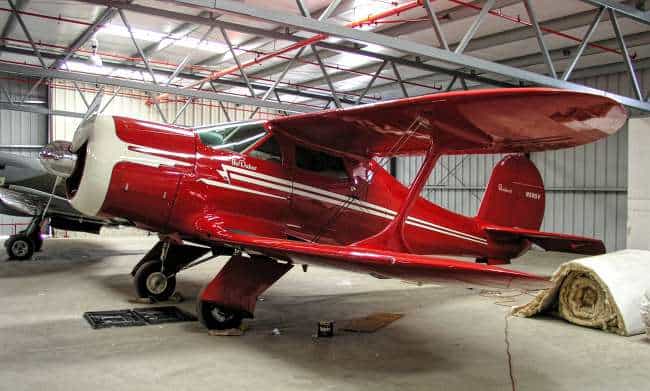

30. Beechcraft Bonanza
The Beechcraft Bonanza is an aircraft that was introduced to the world in 1947 out of the Beechcraft Aircraft Corporation in Wichita, Kansas. Nearly 17,000 planes have been built. The six-seater, single-engined aircraft is still being produced by Beechcraft and has been in continuous production longer than any other airplane in history.
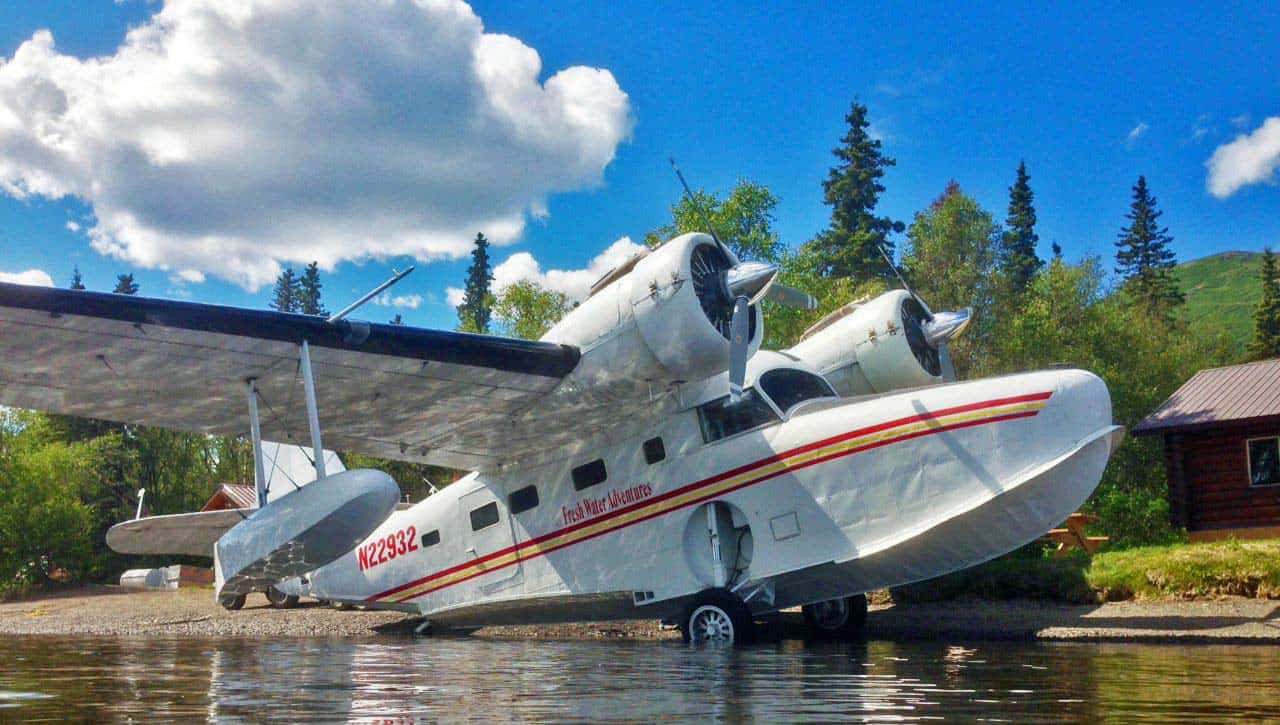

29. 1946 Beech G17S Staggerwing Biplane
When it comes to classic aircraft, you can kind of tell what period of history you are looking at by the design. For instance, take this 1946 Beech G17S Staggerwing biplane. Look at the lines and you can instantly tell it had to be made during the Art Deco period. In fact, it was. These planes were produced in the year 1946. Notice the way the propeller and nosecone are designed in Art Deco style, and the pillars between the wings of a biplane have sleek lines consistent with the period as well. The single prop planes were fun to fly, and could perform their fair share of tricks when need be. Of course, most of the time they were just responsible for getting people from one point to another. However, if you happen to purchase your own, you can do whatever you want with it. It’s a classic after all, so it’s tough!
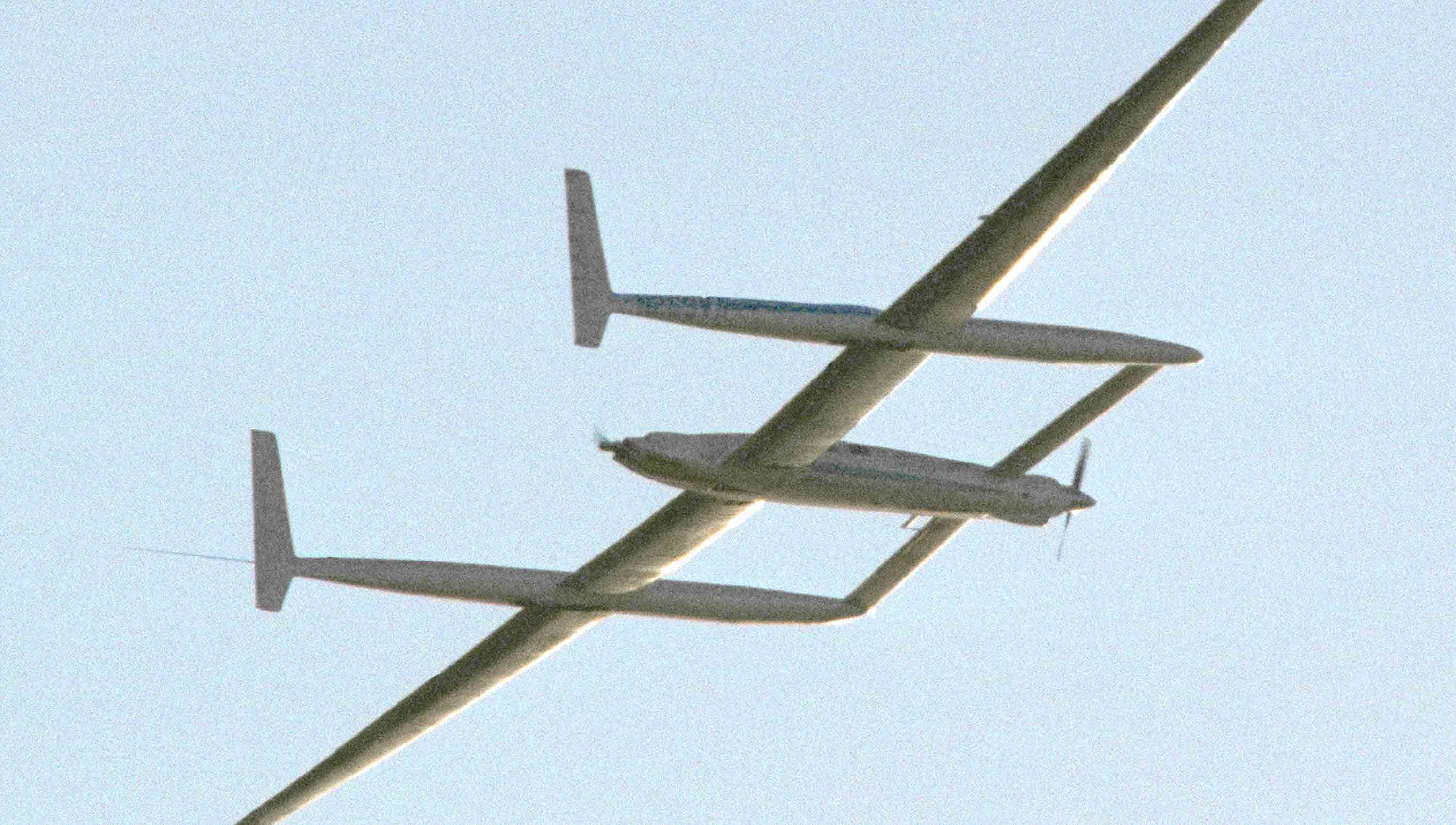

28. Grumman G-21 Goose
The Grumman G-21 Goose was an amphibious aircraft that is a monoplane used during World War 2. It was first introduced in 1937. The Goose represented a number of firsts for the company, including it being Grumman’s first monoplane to fly, their first twin-engined aircraft and their first aircraft to enter commercial airline service.
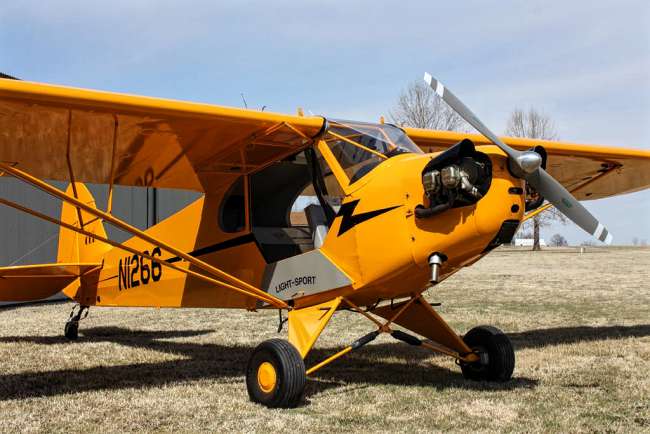

27. Rutan Voyager
The Rutan Voyager was designed by Burt Rutan. It was the first aircraft to fly around the world without stopping or refueling. The flight around the world went for 40,212 km at an average altitude of 11,000 feet. Dick Rutan and Jeana Yeager completed the first nonstop, non-refueled flight around the world in their Voyager aircraft on December 23, 1986.
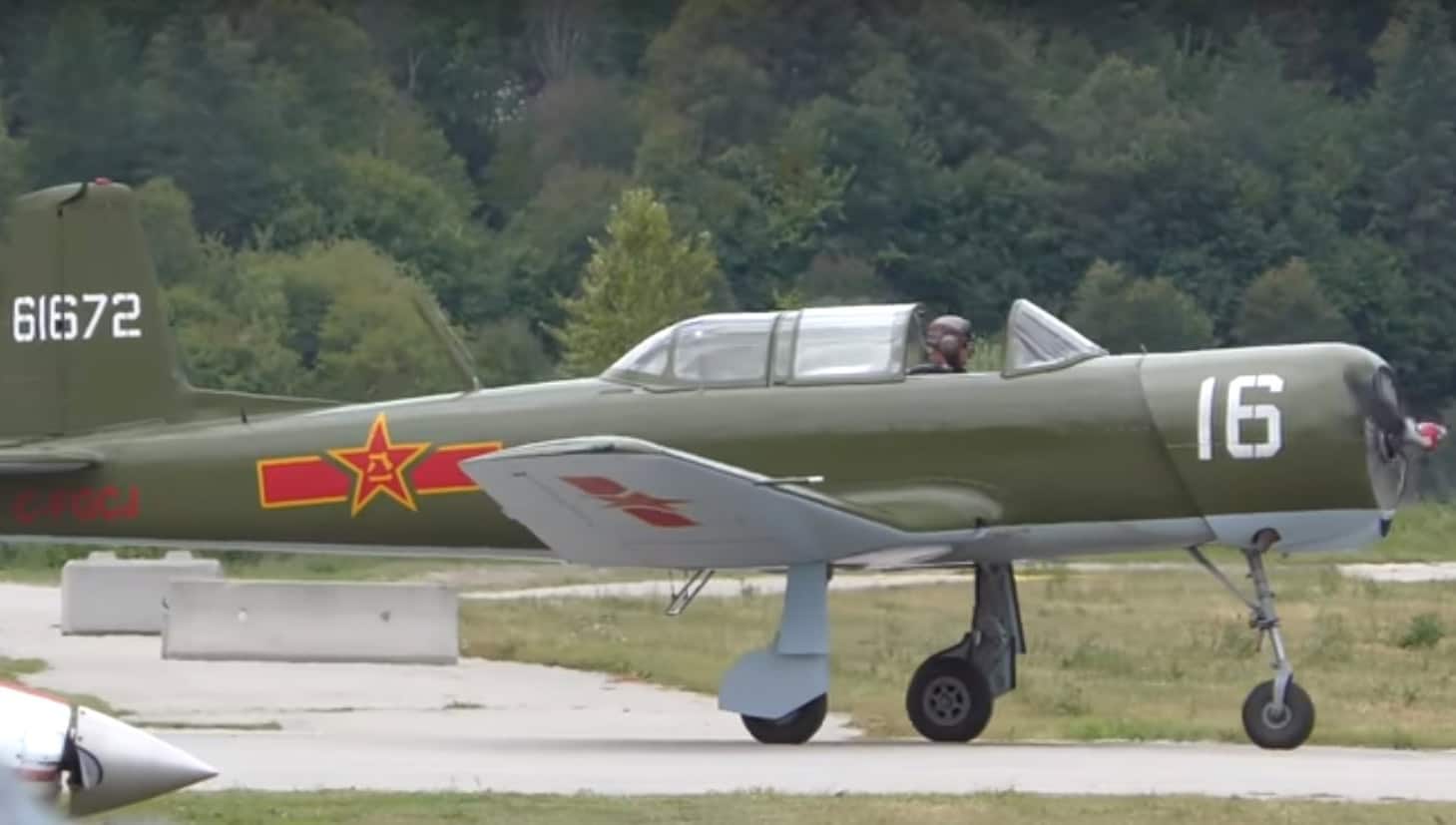

26. Legend Cub
This aircraft is pretty unique. Manufactured in Sulfur Springs Texas, the American Legend Aircraft Company produce these light sport aircraft. They are called Legend Cubs and have two basic designs. There is the original NJ –3 design and the subsequent design, The PA – 11. Legend Aircraft company restores old fabric and vintage tube aircraft like the Cub you see pictured here. With a single propeller engine and a nosecone design that resembles nostrils, these light sport aircraft’s are very recognizable. Even more so, the open cab field allows the pilot to see in just about any direction it may be maneuvering. The best part? These are very inexpensive planes. Look hard enough, and you can find one for under $20,000. Average prices check out somewhere around $25,000. That’s not bad on your own plane to enjoy the freedom that comes with flying.
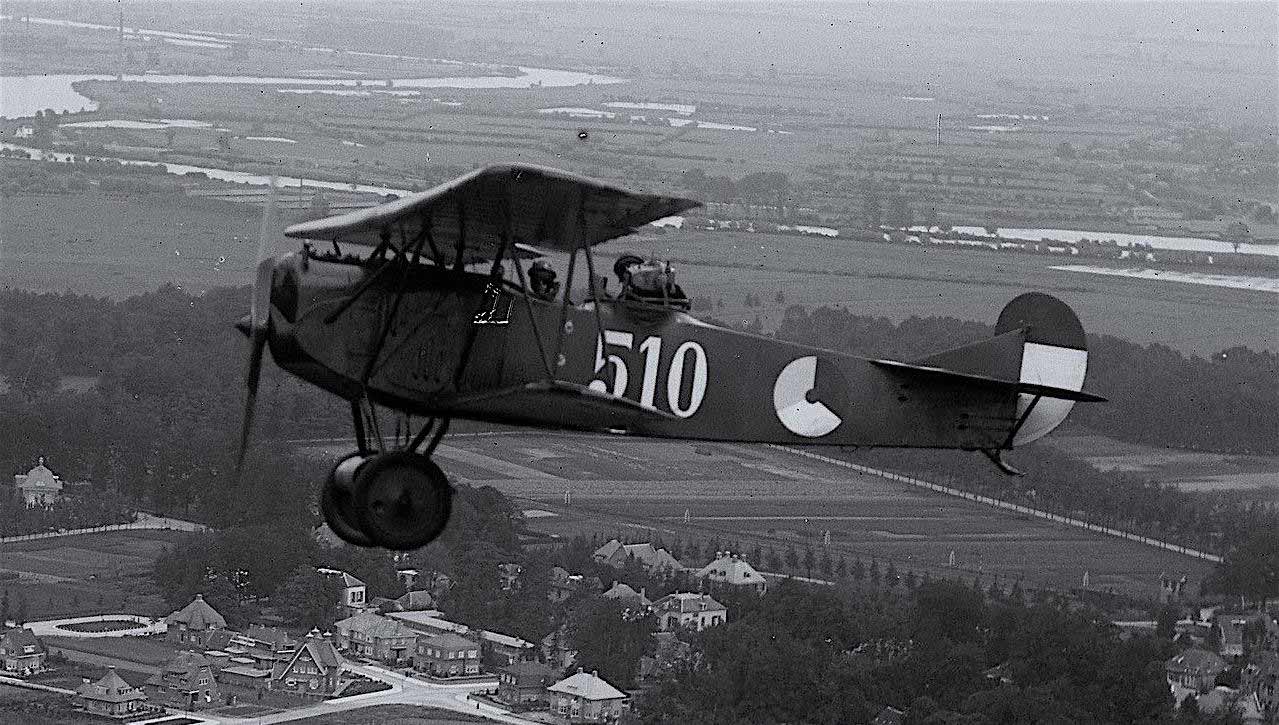

25. Nanchang CJ-6
The Nanchang CJ-6 was a Chinese Aircraft used by the People Liberation Army Air Force. It was introduced in 1960. The CJ-6 has eight variants, which are the CJ-6, CJ-6A, CJ-6B, BT-6, PT-6A, Haiyan A, Haiyan B and Haiyan C. The CJ-6 is a maiden production aircraft integrated with a Zhuzhou Huosai HS-6 radial piston engine, rated at 260hp.
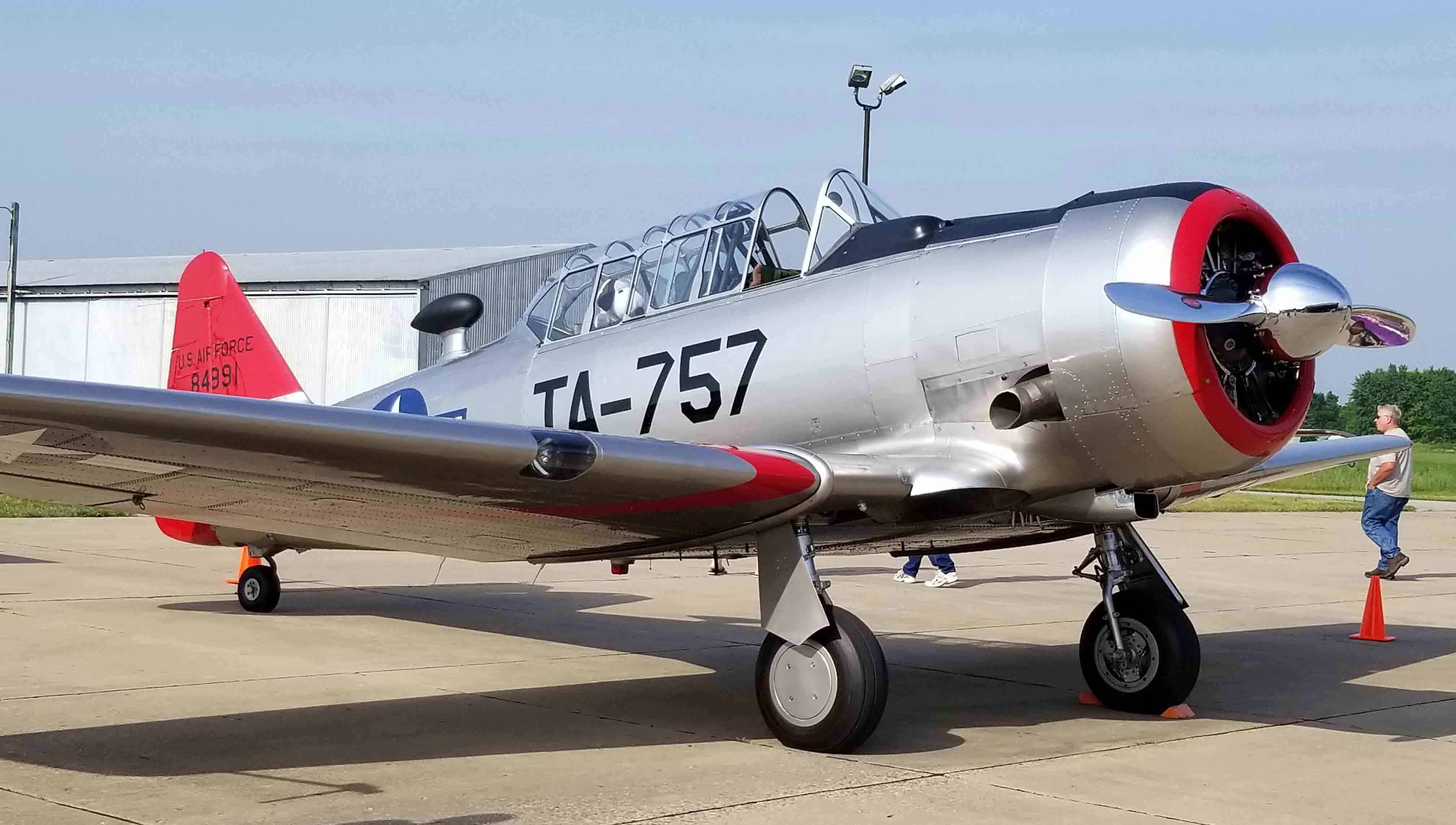

24. Fokker C.I.
The Fokker C.I. was a German made biplane that was intended to be used by the Germans in World War 1, but it never saw air during the war. The C-series have been used by the Fokker factory for reconnaissance planes. Further tasks were light bombers , and fighter/bombers. The C-I got two seats as standard – One for the pilot, and one for the observer/air-gunner.
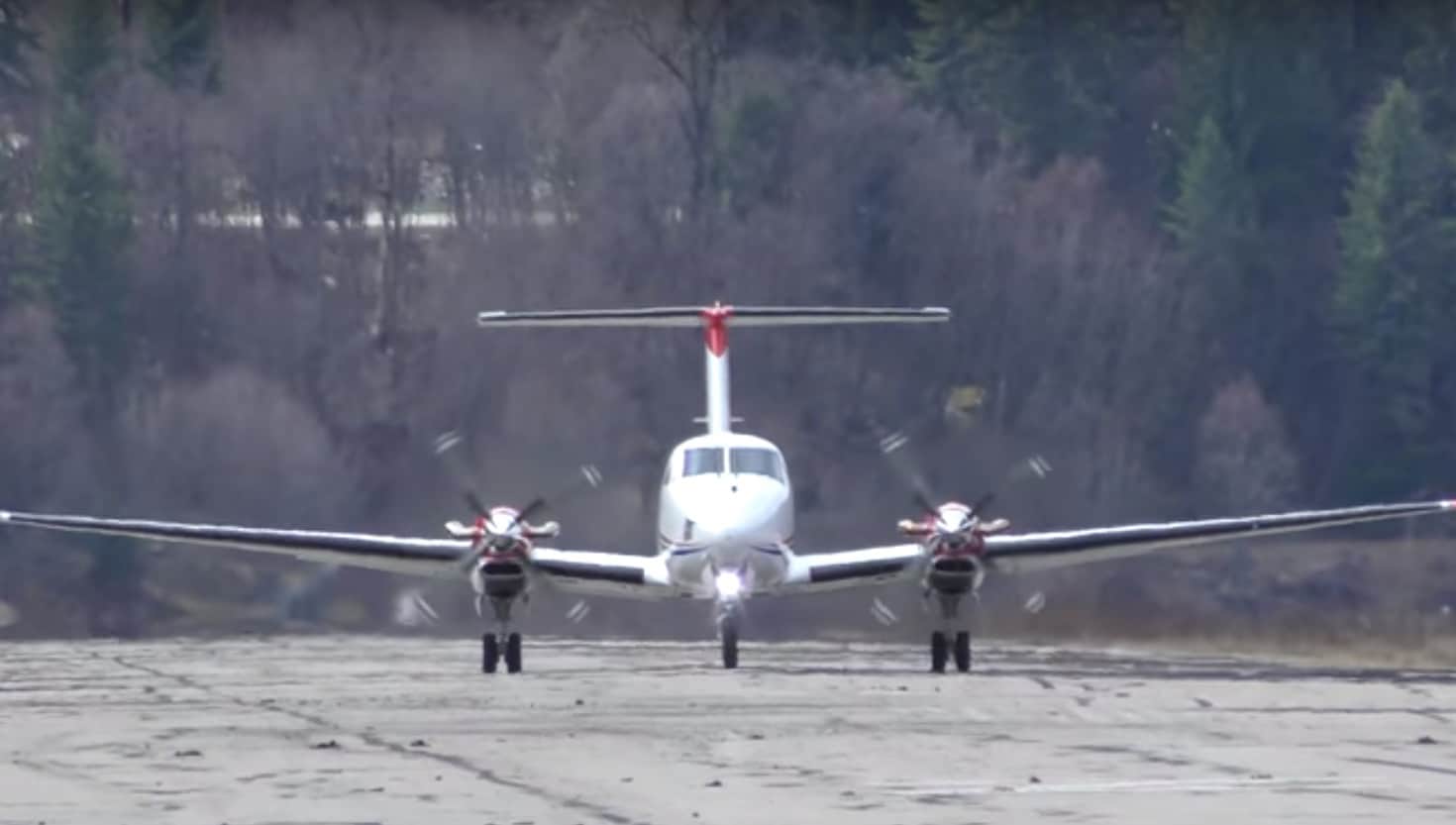

23. North American T-6 Texan
The Texan played a vital role in World War 2 and was retired from use in 1995. This is a 1944 North American AT-6D Texan found in Charlotte, Michigan. Designed by North American Aviation, the T-6 is known by a variety of designations depending on the model and operating air force. Multiple nations’ air forces utilized the T-6.
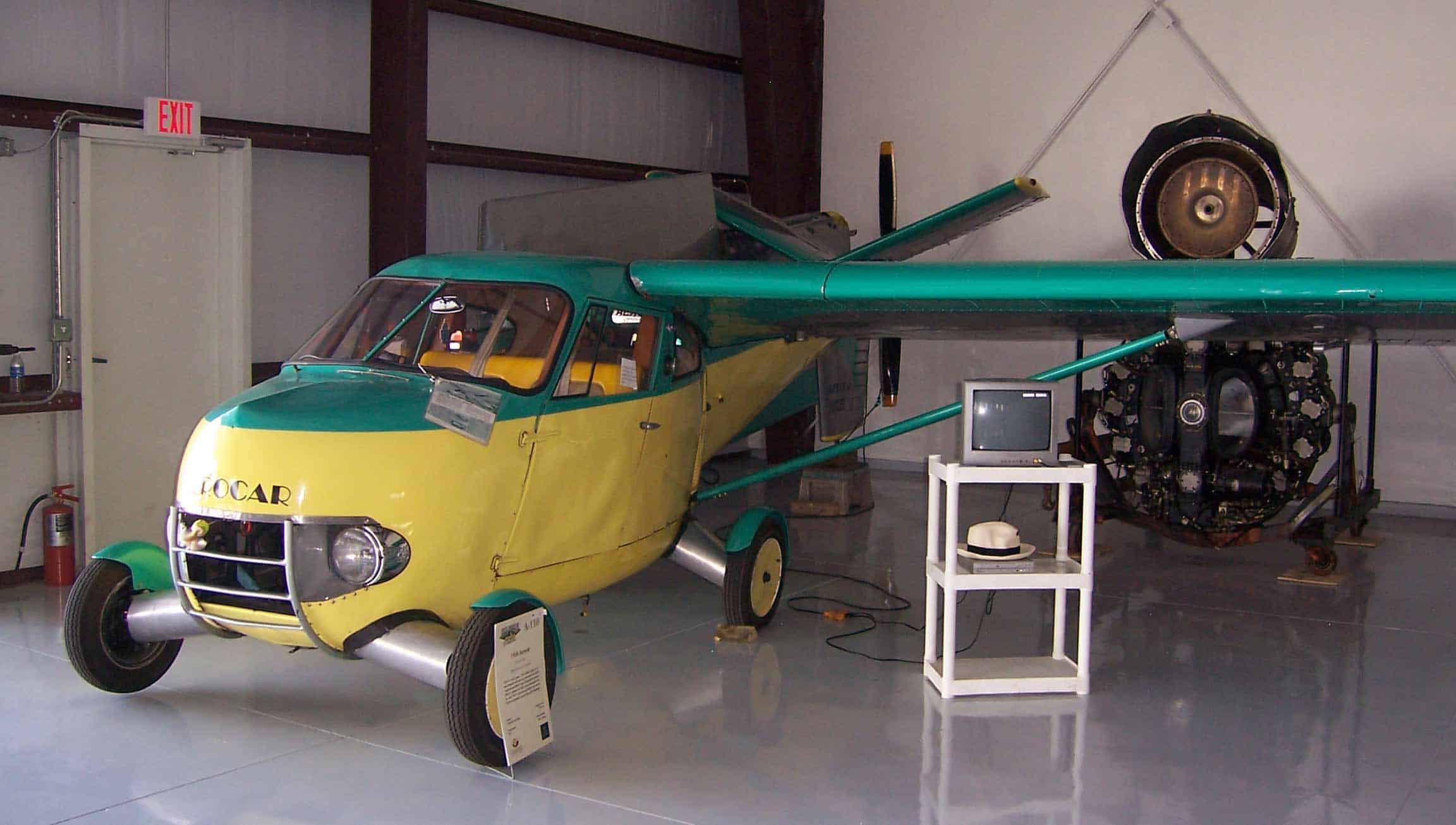

22. Beechcraft King Air
The Beechcraft King Air was first introduced in 1964. It was used by the US Navy, Army, the Japanese Maritime Self-Defense Force, and the Philippine Navy. The King Air line comprises a number of twin-turboprop models that have been divided ‘King Airs’ and ‘Super King Airs’, depending on capabilities, with the name “Super” being dropped by Beechcraft in 1996.
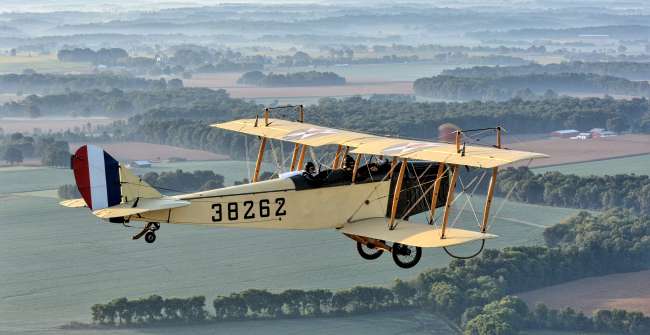

21. Taylor Aerocar
The Taylor Aerocar was a roadable aircraft designed by Moulton Taylor in Longview, Washington in 1949. Only six examples of the Aerocar were built, but it never officially went into production.
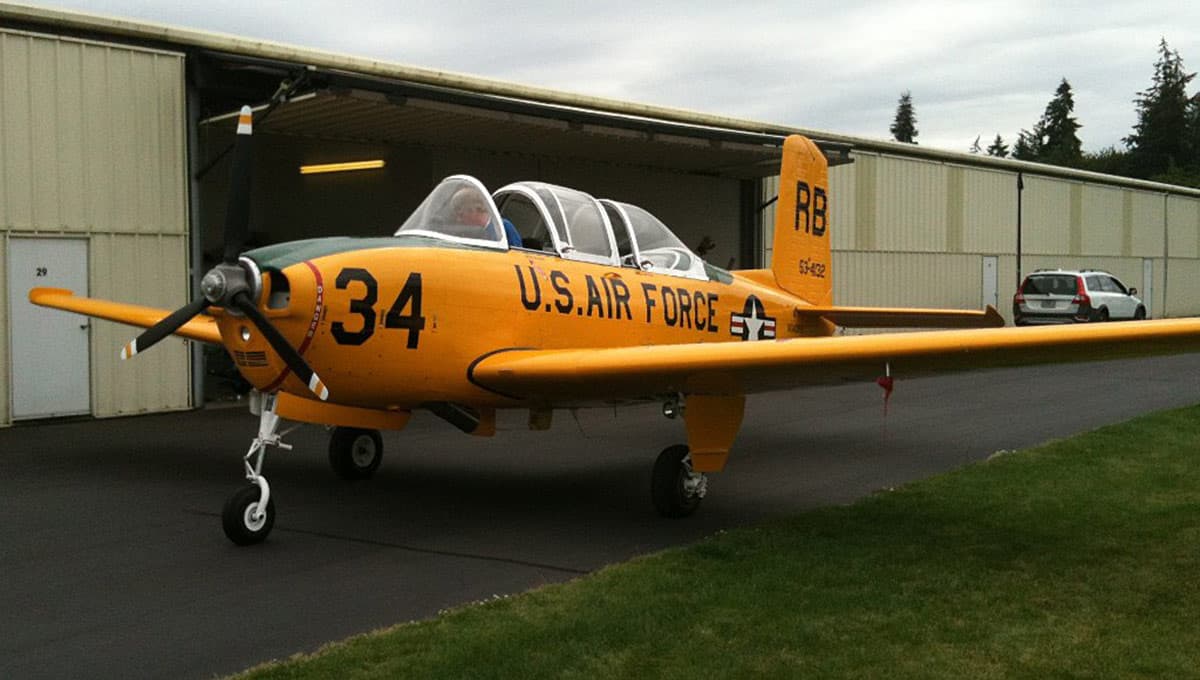

20. Curtiss Jenny
It’s not everyday that an airplane makes it onto a United States postage stamp. To do so, it has to be something very special. Something like a Curtiss Jenny seen in the picture here. This biplane is the iconic one featured on old $0.24 US postage stamps. The plane is inverted on the stamp, a nod to its acrobatic capabilities. The Jenny is legendary in both American and aviation history. At more than 100 years old, it still manages to look good for its age. I doubt you could buy this one as the owner will likely not part with such an important piece of American history. Plus, look closely, those are bicycle spokes on the tires. You don’t see that anymore at all. No, it’s best for you to find a refurbished model of your own. You can find a quality used one for around $150,000.
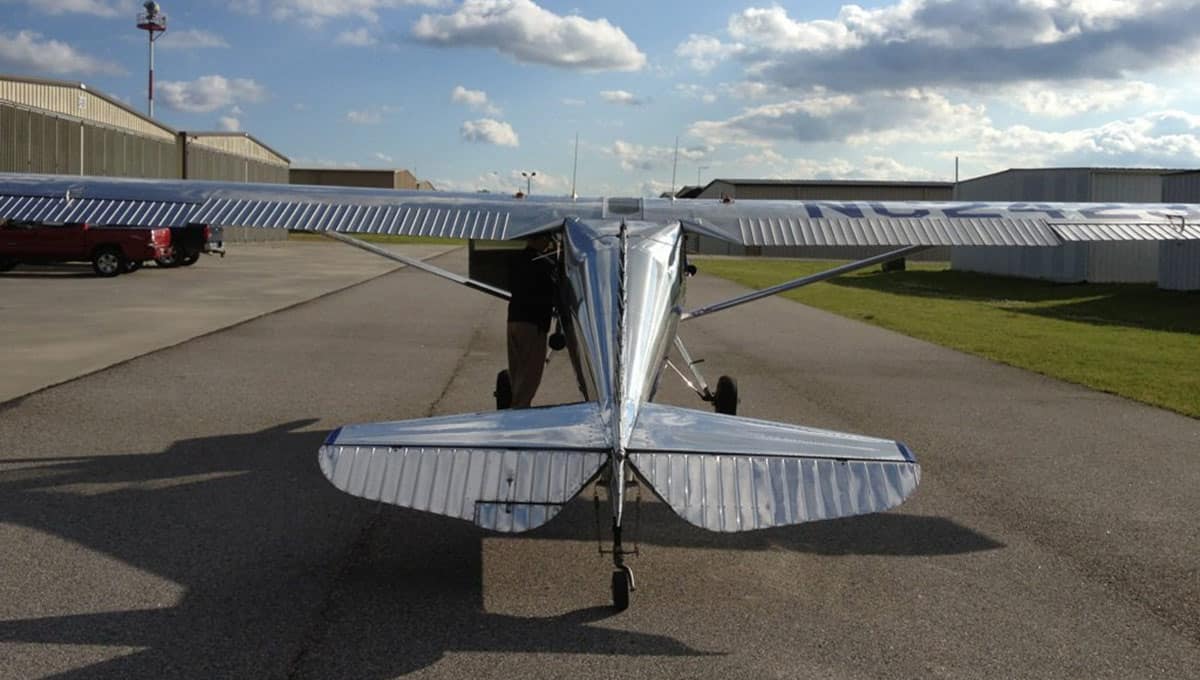

19. Beechcraft T-34 Mentor
The Beech T-34 Mentor was a military trainer aircraft that was introduced in 1953. It was used by the US Air Force, Navy, the Japan Air Self Defense Force, and the Philippine Air Force. The T-34 has seven variants: YT-34, T-34A, T-34B, YT-34C, T-34C Turbo-Mentor, T-34C-1 and Turbo-Mentor 34C. The YT-34 is a prototype model.
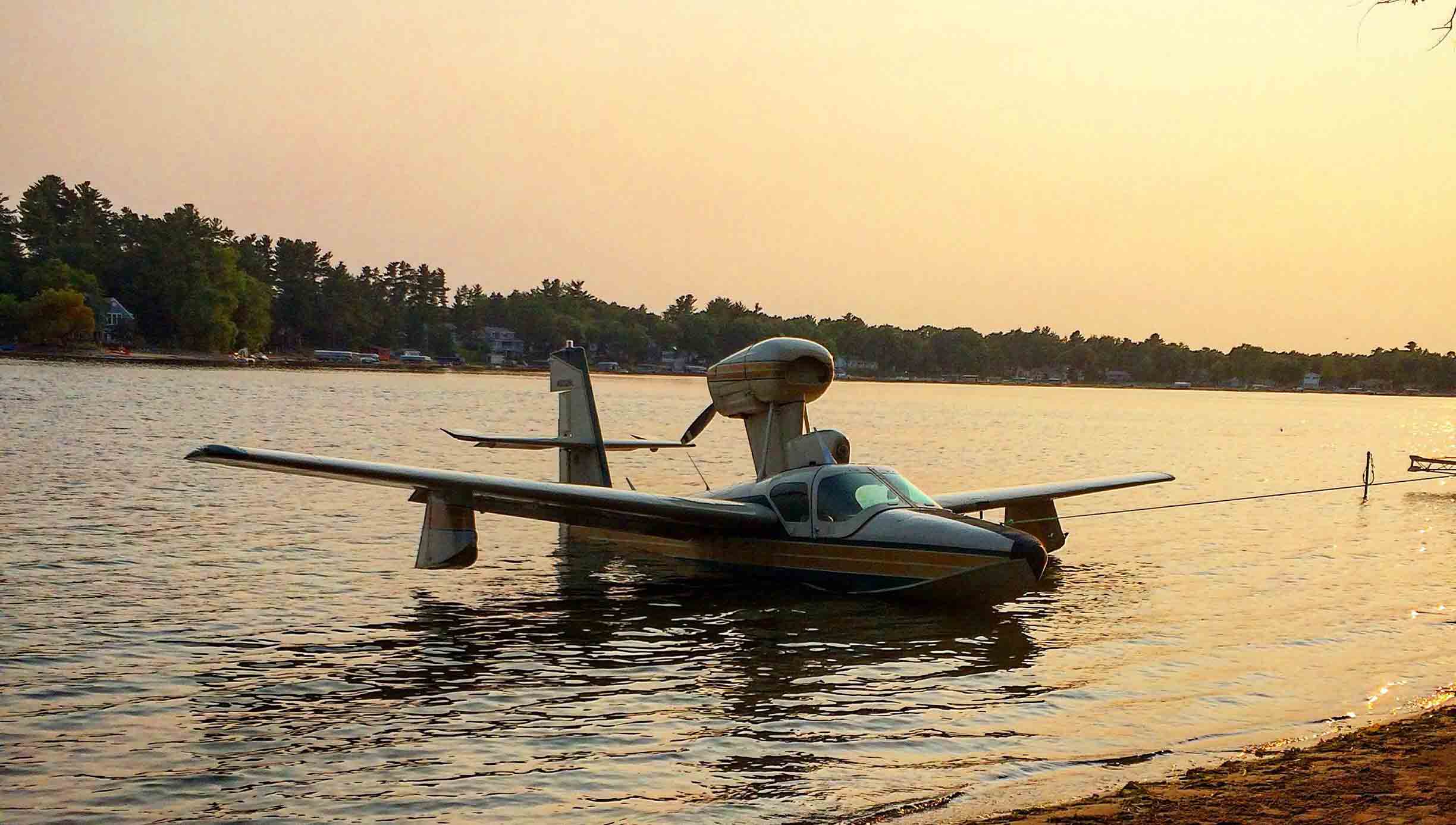

18. Luscombe 8
The Luscombe 8 was a monoplane produced by Luscombe Aircraft in 1937. Don Luscombe worked much of his adult life to develop and market an all-metal airplane, fighting almost constant financial crisis in the process. He left Mono Aircraft, maker of the speedy Monocoupes, to set up his own company in Kansas City, Missouri, in 1933.
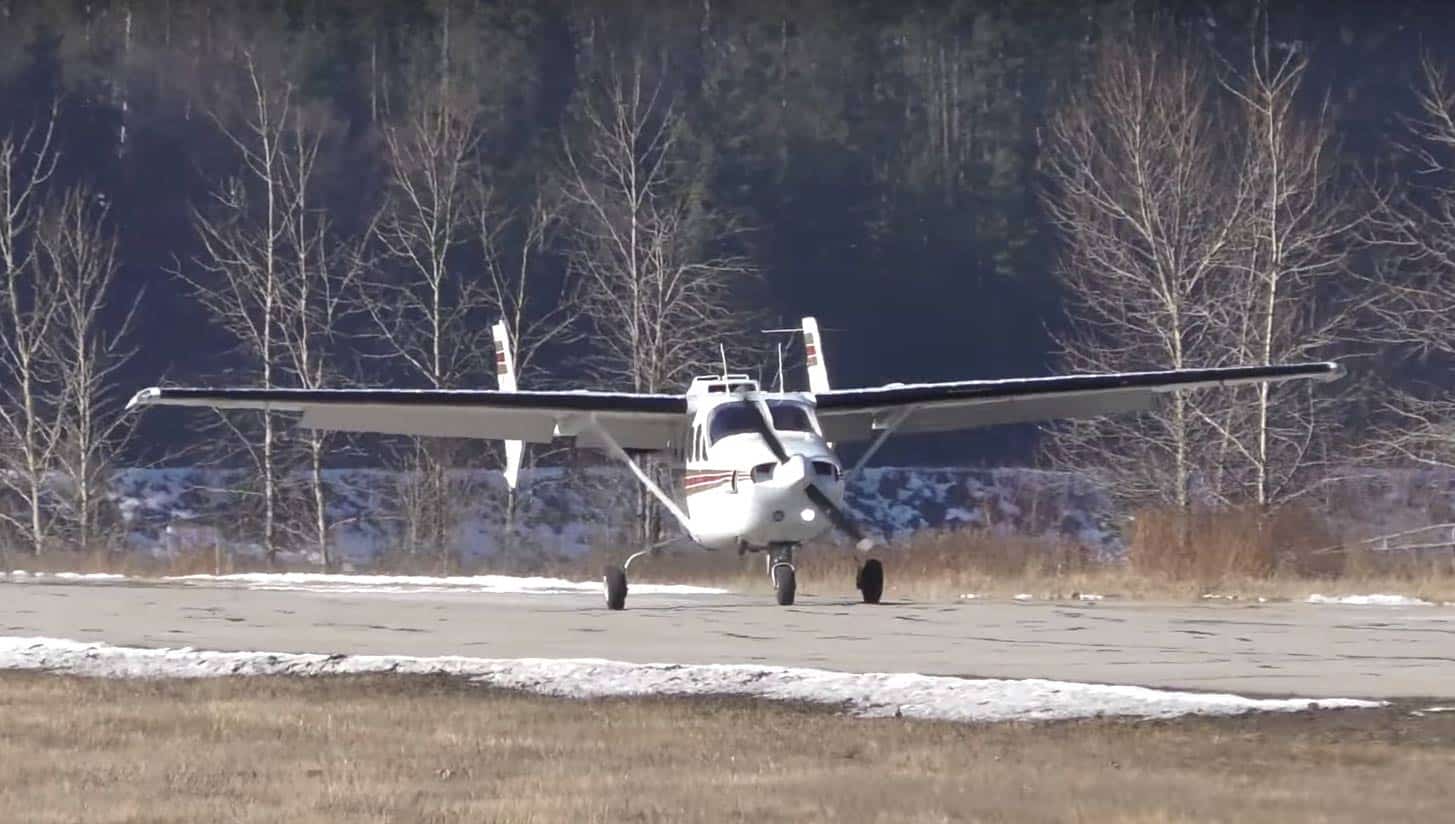

17. Lake Buccaneer
These planes are still in production since being introduced in 1950. There have been over 1000 produced by the Lake Aircraft. This sweet Lake Buccaneer was found parked in a lake. The Lake Buccaneer is an American four-seat, light amphibious aircraft originally developed as the Colonial C-2 Skimmer, itself a development of the two-seat Colonial C-1 Skimmer.
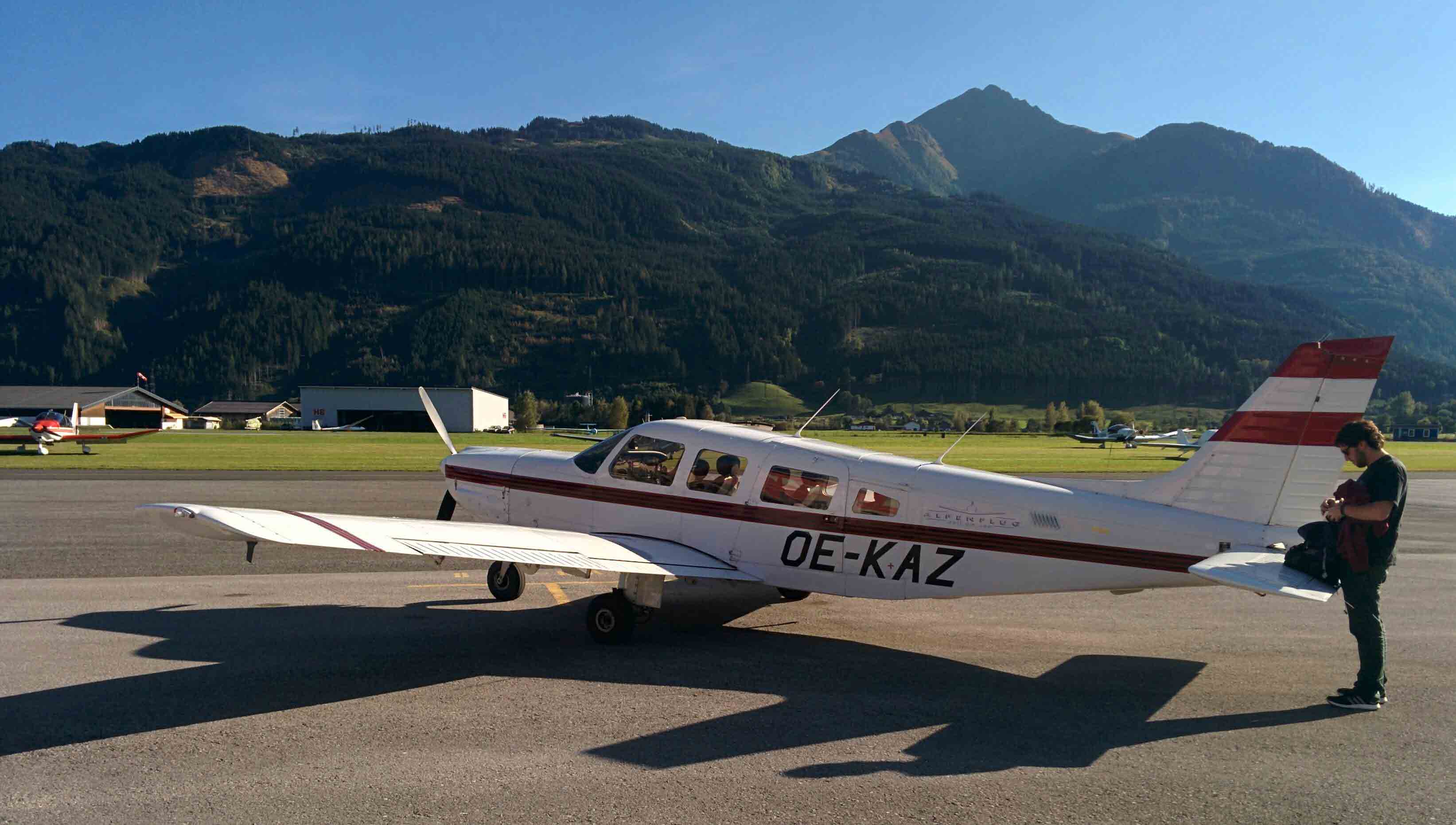

16. Cessna Skymaster
The Cessna Skymaster is a twin-engine aircraft that was introduced in 1961. They were produced from 1963 – 1982. The Cessna’s uniqueness is attributable to its center-line thrust, whereby the fuselage is designed as a nacelle. In the front is an engine with a counter-rotating propeller, and in the rear a second engine with a pusher propeller – an arrangement Cessna calls “push-pull.”
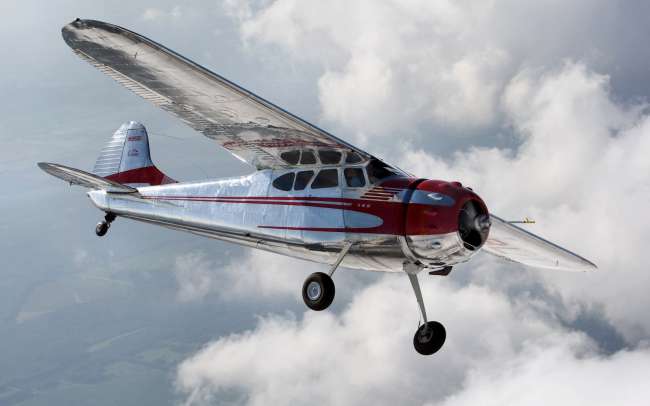

15. Piper PA32R Saratoga
The Piper PA-32R is a metal fixed-wing aircraft that was produced by the Piper Aircraft in Vero Beach, Florida. It went into production from 1975 – 2009. The design began life as the Piper Lance, a retractable-gear version of the Piper Cherokee Six. Later models became known by the designation Piper Saratoga.
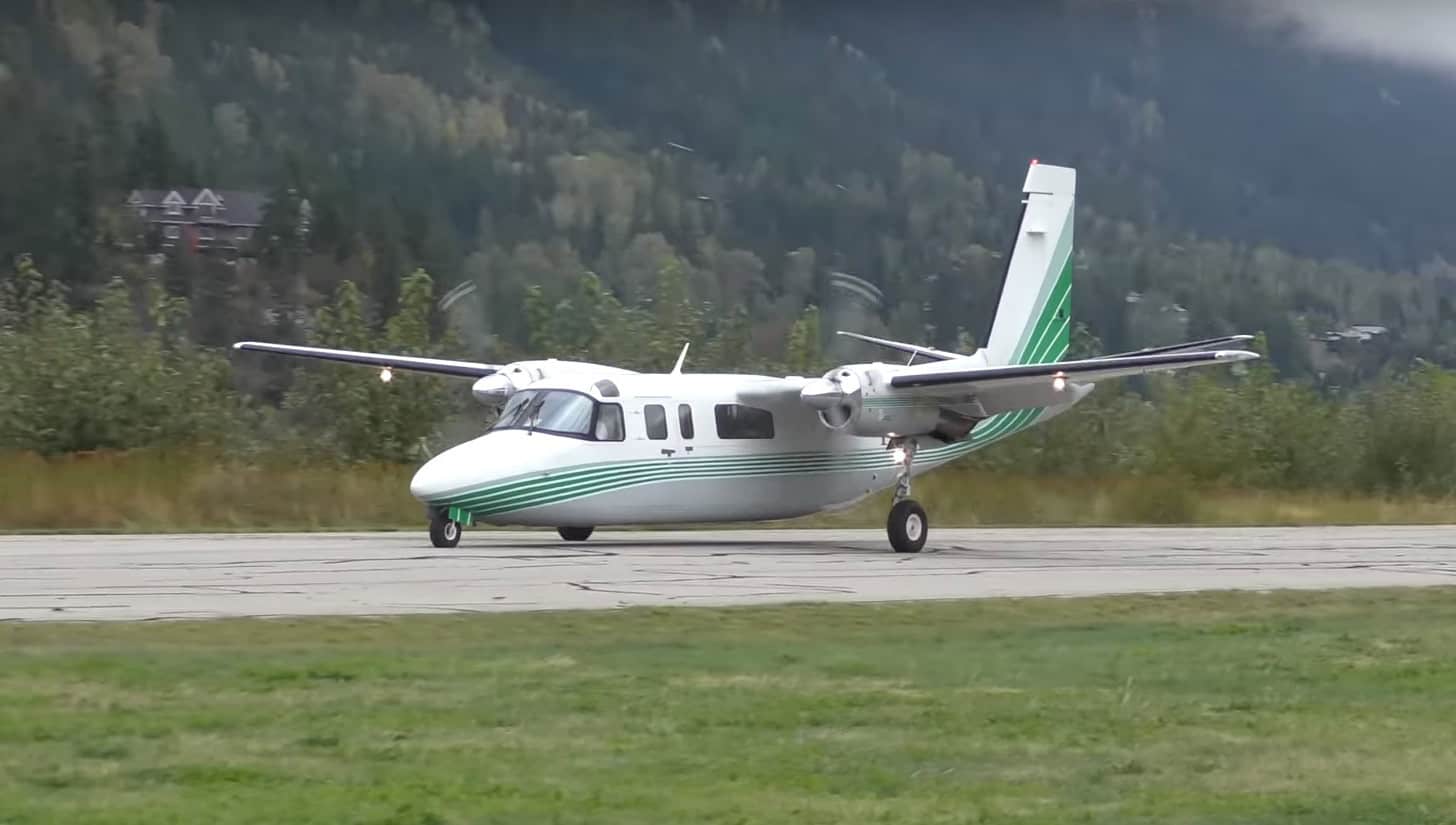

14. Cessna 195
Pictured here is a vintage Cessna number 195. Obviously, they were produced during the 40s as evidenced by the Art Deco styling. The difference here? Look closely. This was designed to carry at least six passengers. While the ride wasn’t roomy, it was considered to be comfortable for its time. The only thing you have to deal with when writing in assessment is the fact that it has an over wing design. Inherently, this means you’re going to feel the plane swing and sway more than you would if you were riding on an onboard wing plane such as the Piper Cub. In fact, Piper redesigned their wing system to provide a more comfortable ride for the passenger. However, these classic Cessnas are still fun for both pilots and passengers. Many enthusiasts use them as they’re plane of choice thanks to their reliability and price point. Typically, you can find a good one for about $35,000.
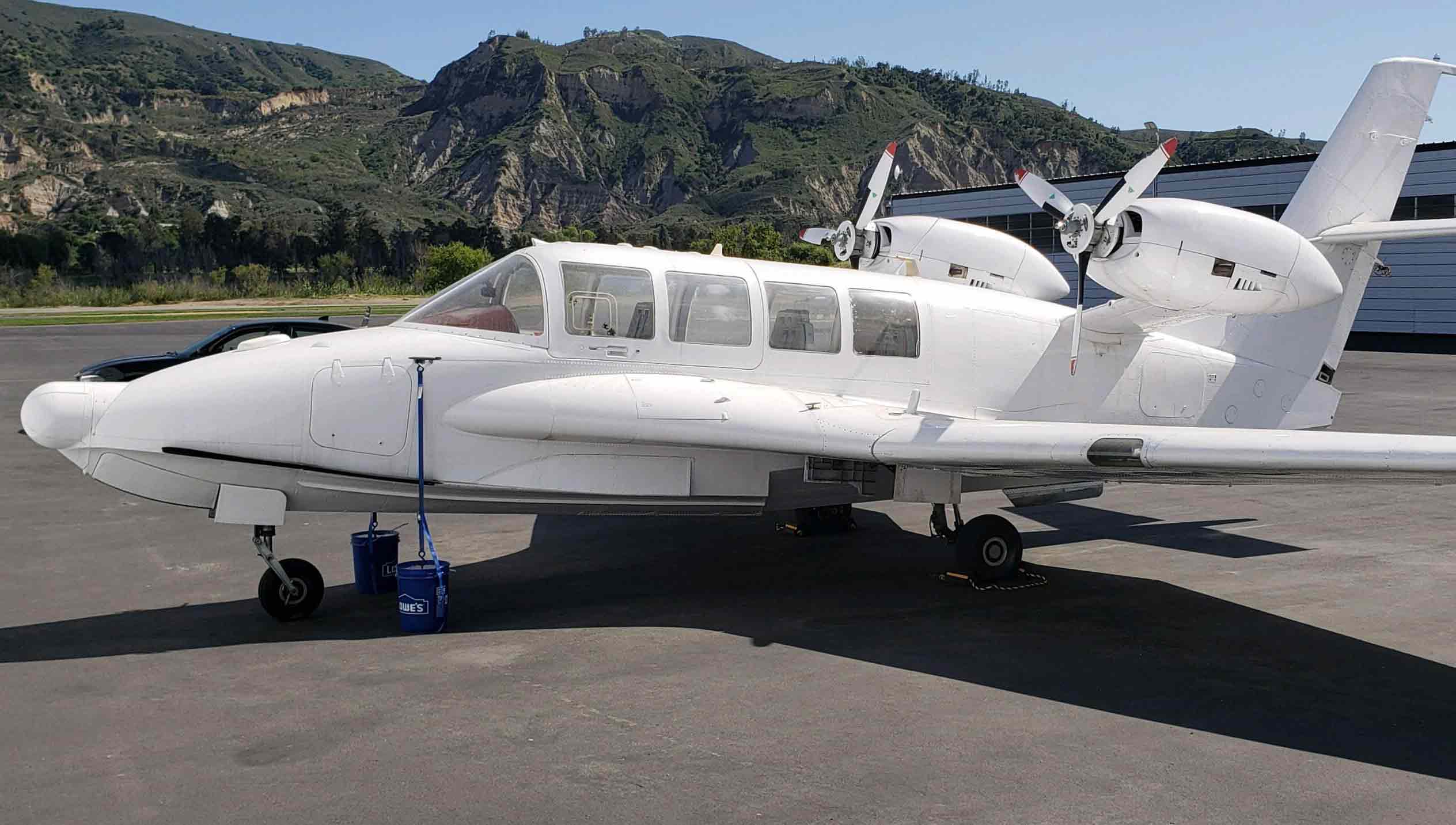

13. Commander 690B
The Commander plane was introduced in 1952 as a utility and business aircraft. They were produced from 1951 – 1986. With A low-slung fuselage and towering tail, the Twin Commander 690 turboprops are certainly unique among the traditional Beechcraft, Piper, and Cessna competition. Despite being out of production since 1985, the 690 series are viable airplanes.
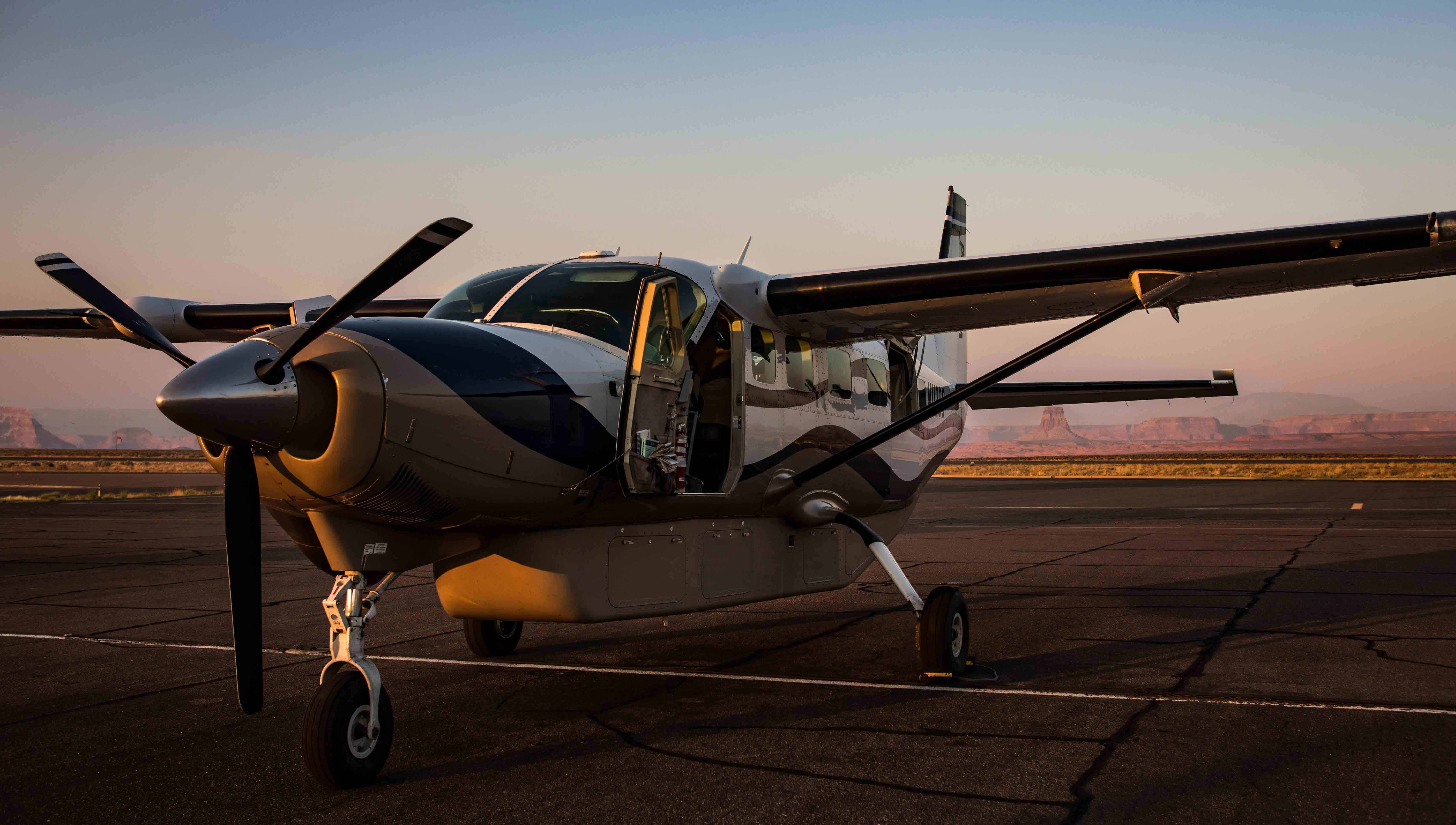

12. BE-103 Bekas
This plane is called the BE-103 Bekas. It was manufactured by KnAAPO and designed by Beriev. The first flight for this model of planes was July 15, 1997. Often times, the English moniker for the aircraft is the ‘Snipe’. The Snipe is an amphibious seaplane intended for autonomous operation in the remotes areas of Siberia.
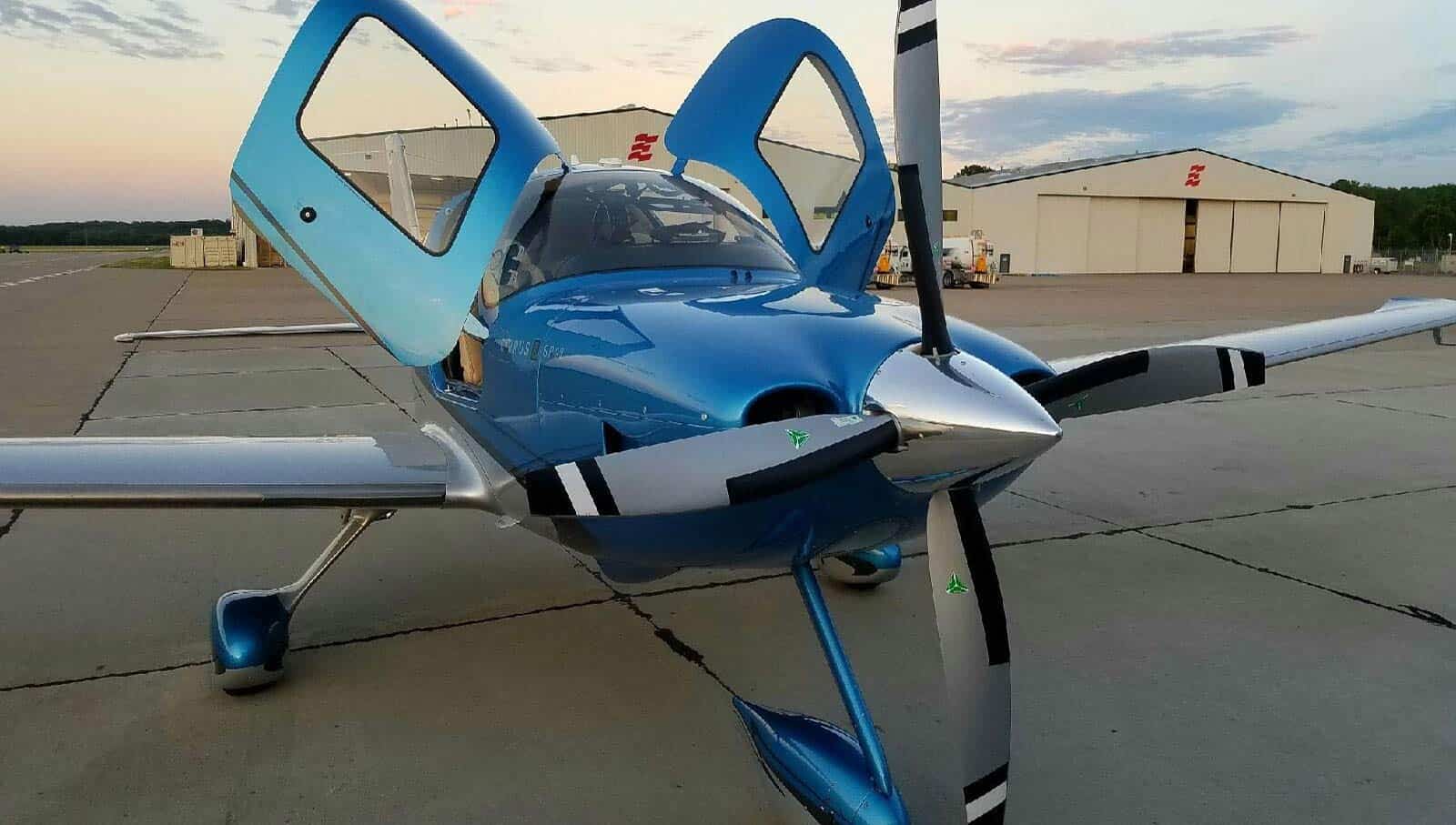

11. Cessna 208
The 208 was first introduced in 1982 and they are still in production with over 2,500 built. This classic C-208 is parked at a hanger. A photographer wanted to capture its beauty during the sunset. The 208B holds 340 cubic feet of cargo. If that still isn’t enough, Cessna offers an optional 111.5-cubic-foot, 1,090-pound-capacity belly pod. Rumor has it that animals and even people have been carried in Caravan pods — illegally, of course, and without question uncomfortably.
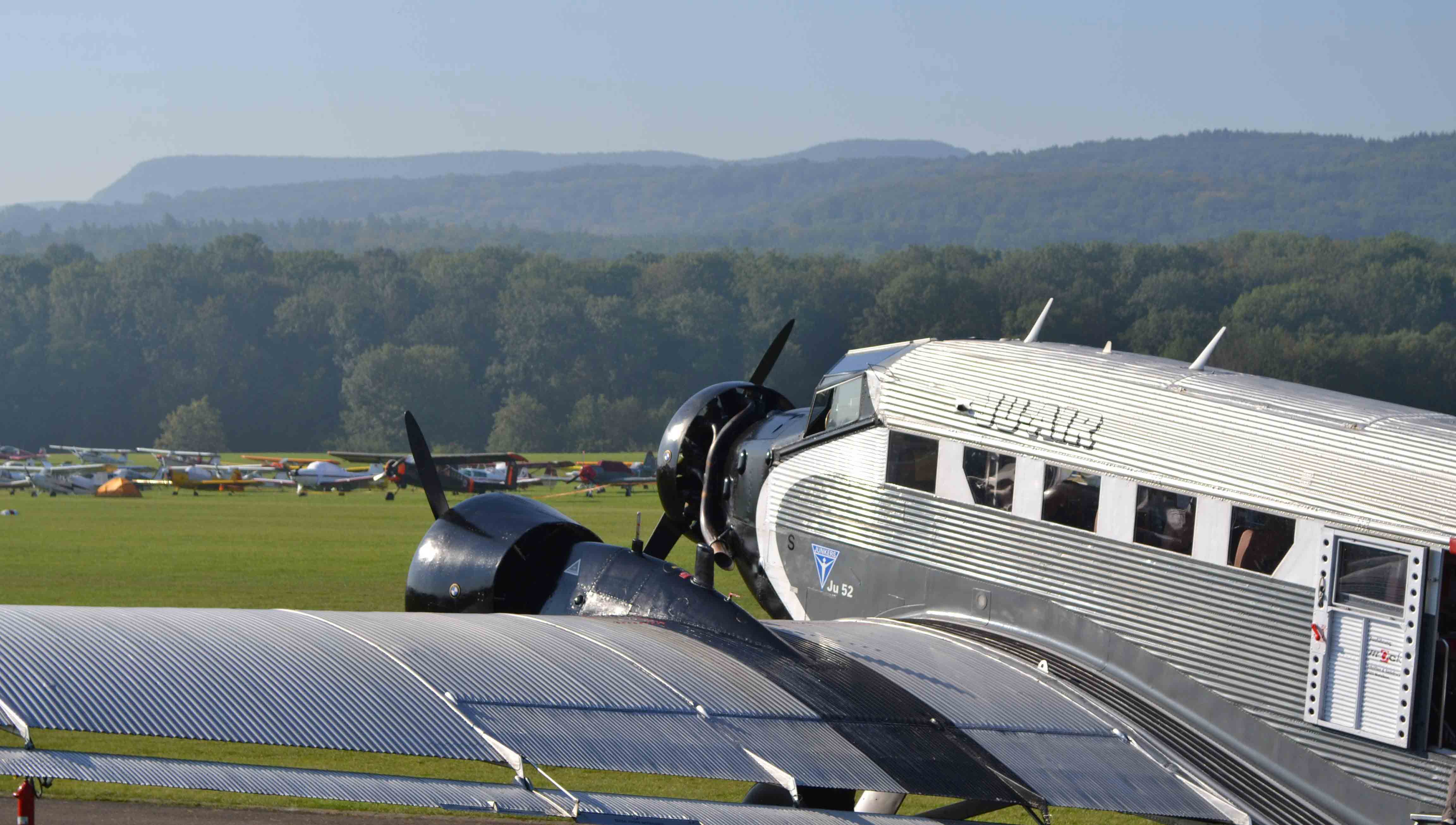

10. Cirrus SR22
The Cirrus SR22 was a single engine composite aircraft built since 2001 by the Cirrus Aircraft in Duluth, Minnesota. The SR22, certified in November 2000, is a more powerful version of the earlier SR20. The SR22 is a low-wing cantilever monoplane of composite construction, featuring fixed (non-retractable) tricycle landing gear with a castering nose wheel and steering via differential braking on the main wheels.
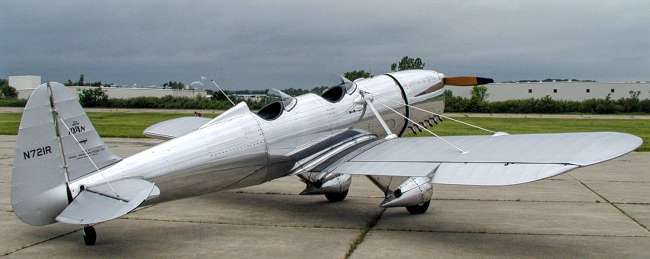

9. Junkers JU 52
The Junkers JU 52 was a German trimotor transport aircraft that was produced from 1931 – 1952. The Junkers Ju 52/3m is a German transport aircraft manufactured from 1931 to 1952, initially designed with a single engine but subsequently produced as a trimotor. It had both civilian and military service during the 1930s and 1940s.
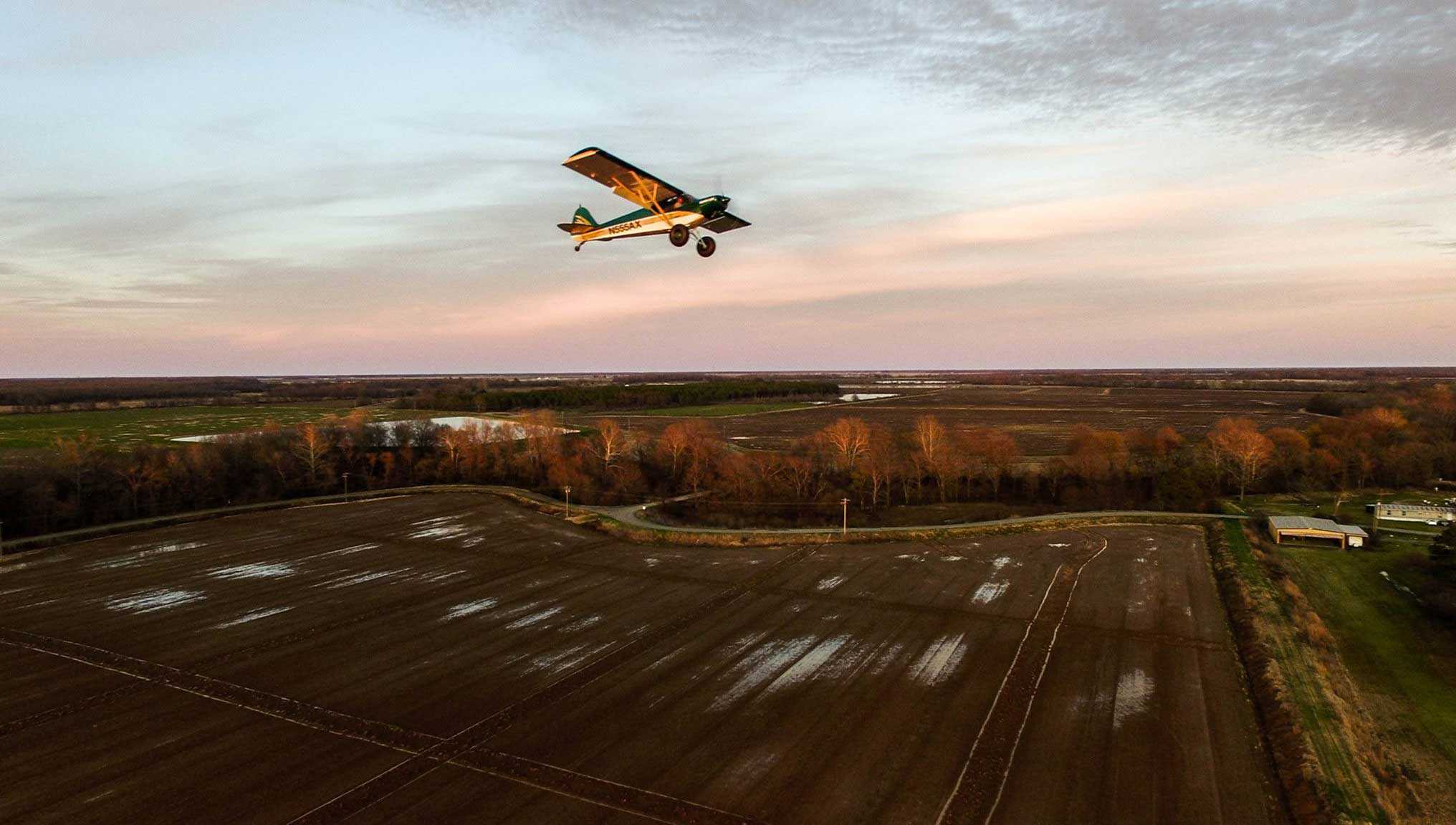

8. Ryan P-22
If this small airplane looks familiar, it might be because Harrison Ford himself flew in this one. This is a vintage P-22 aircraft. They are not for the faint of heart either. Fun to fly, but lacking a cab, they are the perfect choice for the light aircraft enthusiast. Designed in the mid 40s, they feature a single engine prop and two seats. The plane can be steered from either the front or rear seat, and they are known for their ability to do a few tricks. Why? Well, it’s simple. The Ryan P-22 was originally designed to be used as a pilot trainer for the US Army Air Corps. They were easy to maneuver, and were considered to be a great way for young pilots to get their feet wet so they could step up to master larger aircraft. These planes let them get the feel of what it’s like to move through the air and allow them to get accustomed to flight. You can find a good used one today for around $26,000 if you know where to look.
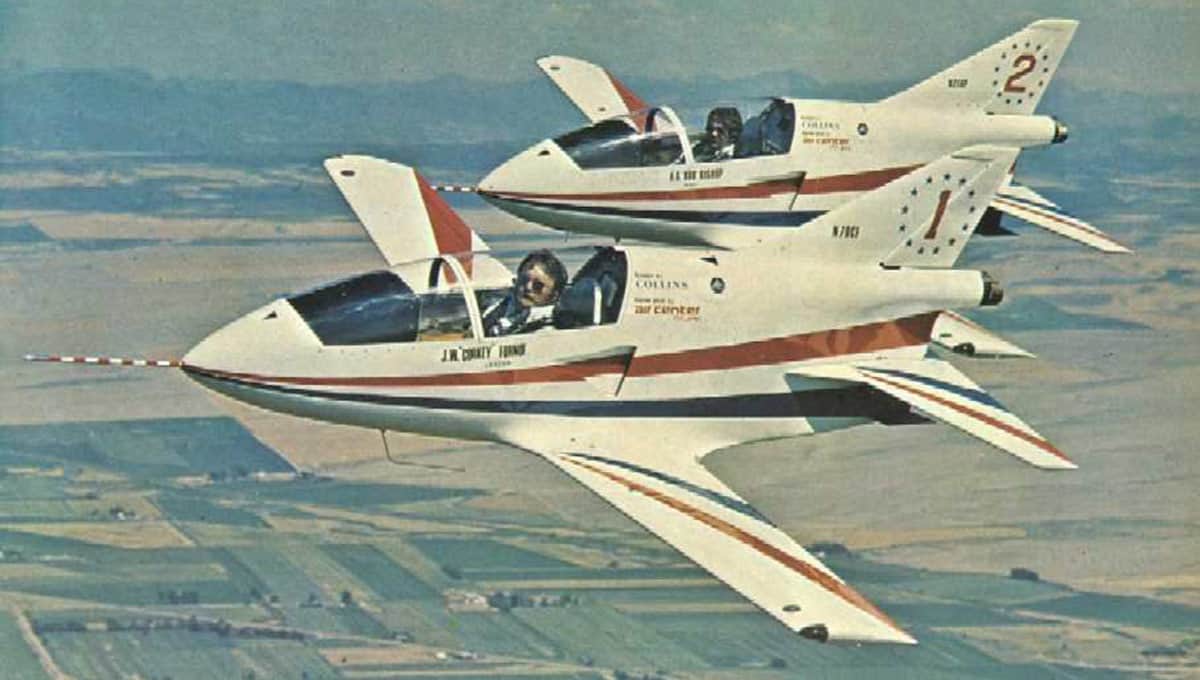

7. Piper PA-18 Super Cub
The Piper Super Cub was a single-engine monoplane that was introduced to the world in 1949. 15,000 Super Cubs were produced from 1949 – 1983 and 1988 – 1994. There are a lot of pilots out there today who got their start on the Super Cub! We love it and it will always have a special place on our hearts as well as on this list.
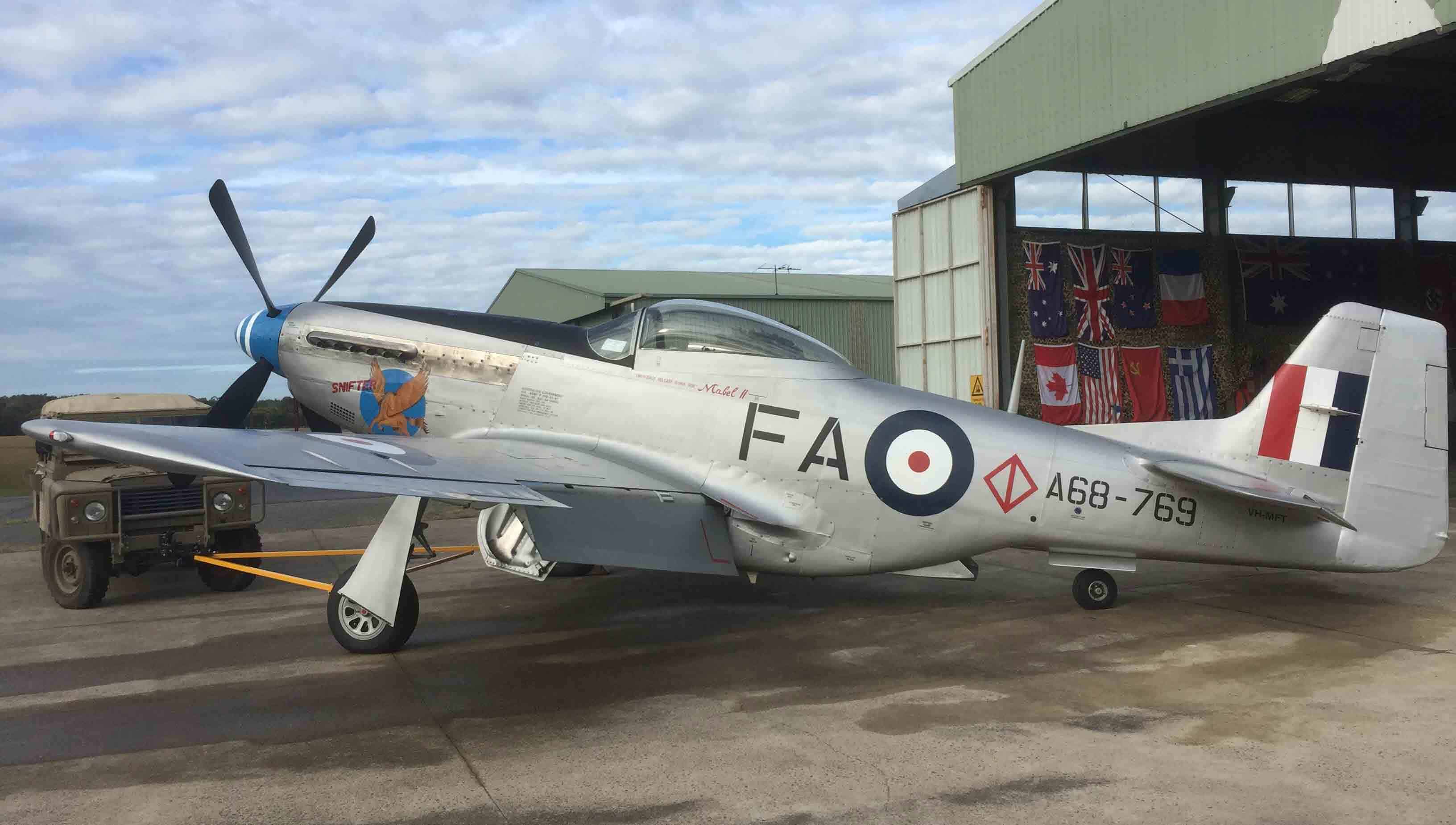

6. Bede_BD-5
The Bede BD-5 Micro was a series of small aircraft designed by Jim Bede. These planes were introduced in the 1970s. The BD-5 was designed in 1973, and proved to be an extremely popular aircraft. The BD-5 is small and lightweight, and can be either single seat propeller or jet driven. The jet version is listed in the Guinness book of records as the world’s smallest jet.
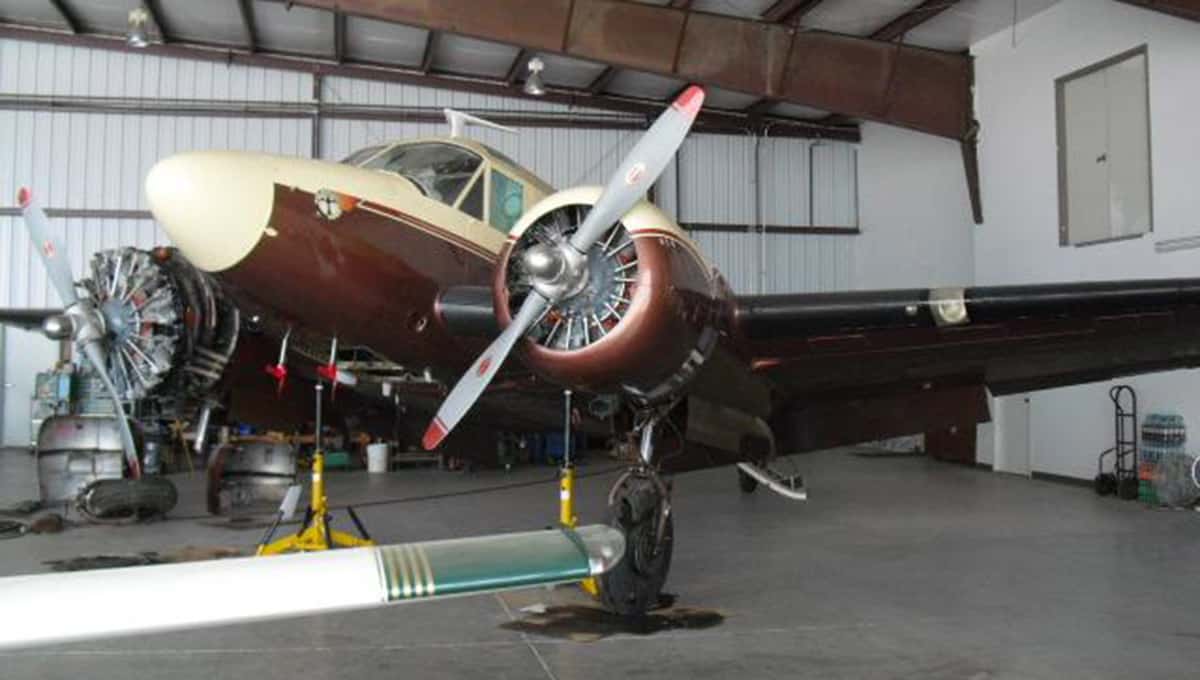

5. North American P-51 Mustang
The P-51 Mustang played a vital role in both World War 2 and the Korean War. They have been retired from the military since 1984. This classic Mustang was found in an Australian Hangar. Few aircraft have ever had such a game-changing impact on a war as the American P-51 Mustang. This ultra-maneuverable and long-range fighter was one of the first true multi-role combat aircraft in history. Whether running high-speed, hedgerow-height strafing runs or escorting bombers on long-endurance raids, the P-51 tackled every mission it was given with unmatched performance.
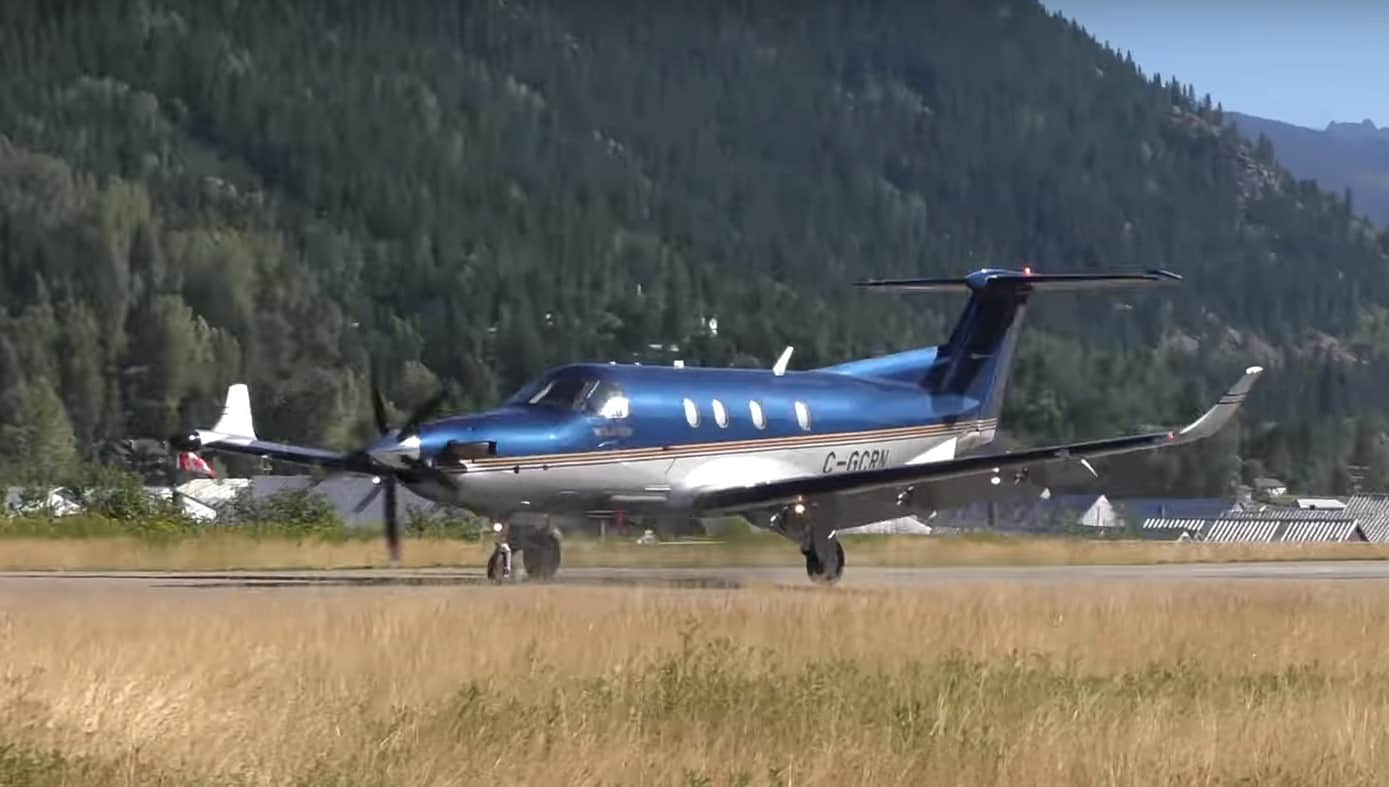

4. Beechcraft Model 18
The Beechcraft Model 18 was a twin-engine light aircraft that has been produced from 1937 – 1970. The plane has been used by the Air Force, Navy, the Royal Air Force, and the Royal Canadian Air Force. The Beechcraft Model 18 is a 6- to 11-seat, twin-engined, low-wing, tailwheel light aircraft manufactured by the Beech Aircraft Corporation of Wichita, Kansas. Continuously produced from 1937 to November 1969, over 9,000 were built, making it one of the world’s most widely used light aircraft.
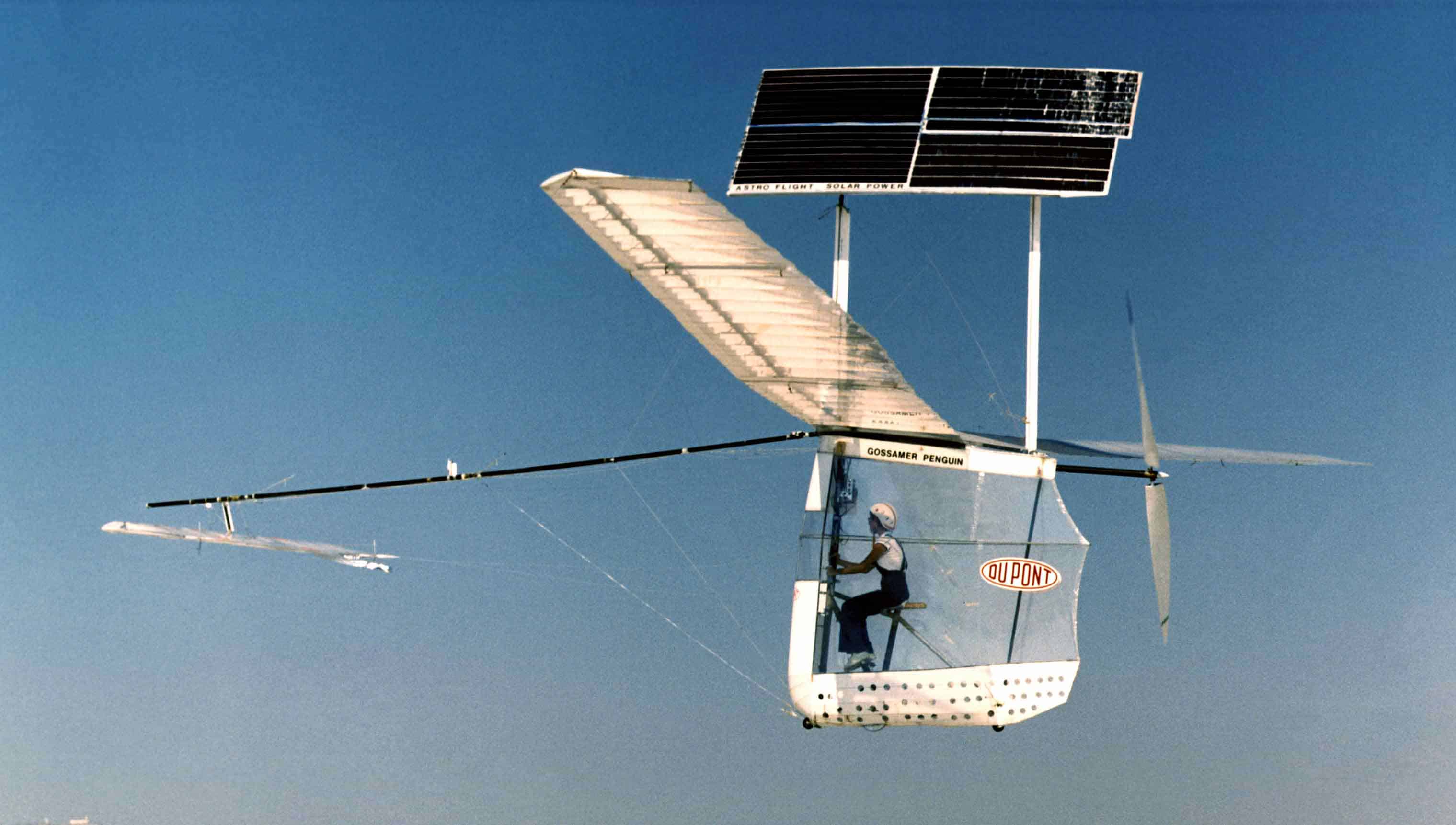

3. Pilatus PC-12
The Pilatus PC-12 is a turboprop aircraft produced by Pilatus Aircraft of Switzerland. The plane was first introduced in 1994. The Pilatus PC-12 is a single-engine turboprop passenger and cargo aircraft manufactured by Pilatus Aircraft of Stans, Switzerland since 1991. The main market for the aircraft is corporate transport and regional airliner operators.
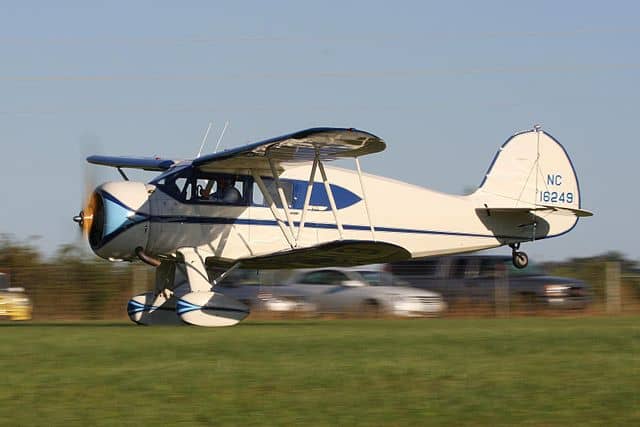

2. Gossamer Albatross
How fun does this look? Maybe a touch dangerous, but still so much fun. The Gossamer Albatross was designed by Dr. Paul B. MacCready and his company AeroVironment. It took its first flight in 1979 crossing the English Channel.

1. Vintage WACO
Finally, at number one we have this vintage Waco small airplane. Notice the classic wing design and wheel covers over the landing gear. The photo shows the beauty of the plane in action as it lands. You can tell by looking at the pilot that the plane is fairly easy to maneuver, and stabilize. That’s what Waco airplanes are known for. Plus, they aren’t too pricey either. You can find a good used one like this from the 1960s or 70s for about $55,000. That’s a good price for a plane that can carry between four and six passengers. These are great planes for families. Simply load up your spouse, kids and gear, and take off towards your weekend destination. You could be there in a few hours, versus a few days of driving. I would say that’s well worth $55,000, wouldn’t you?
